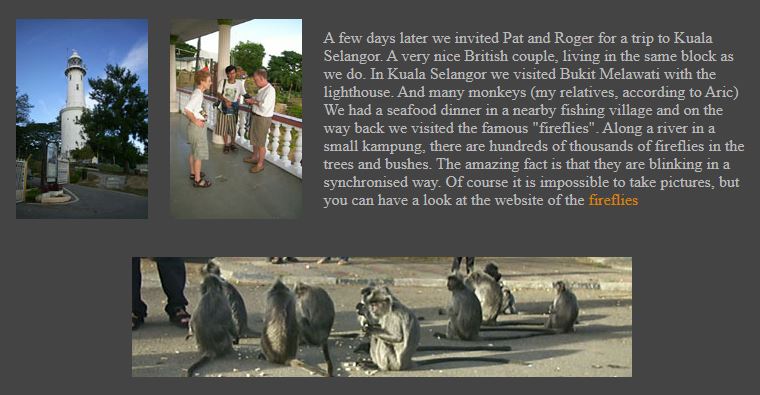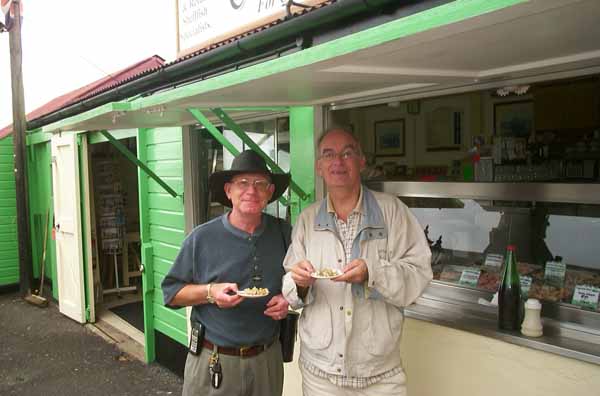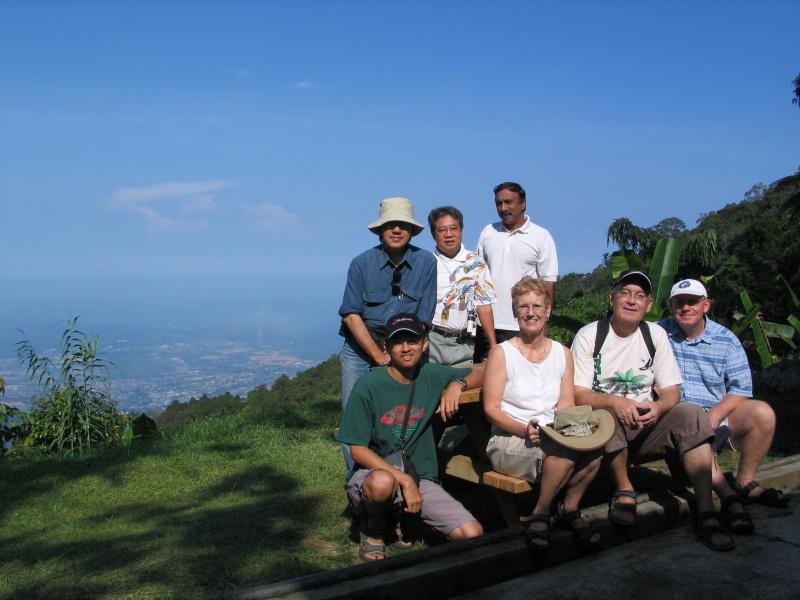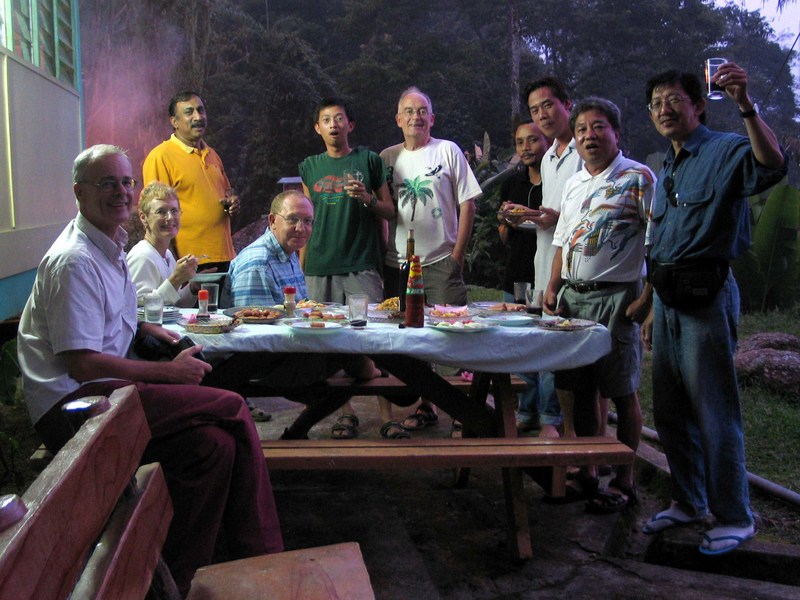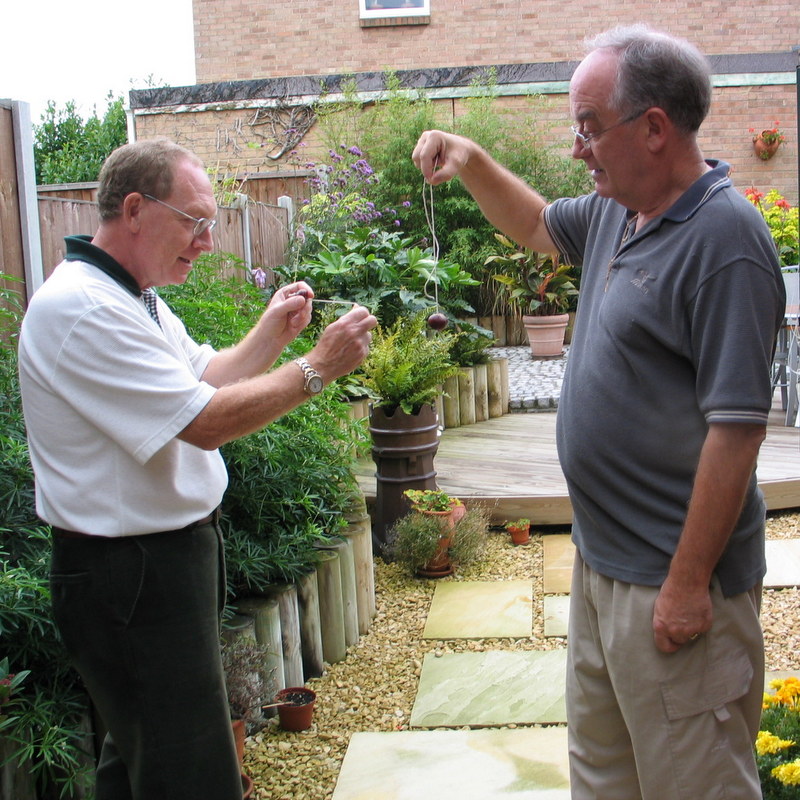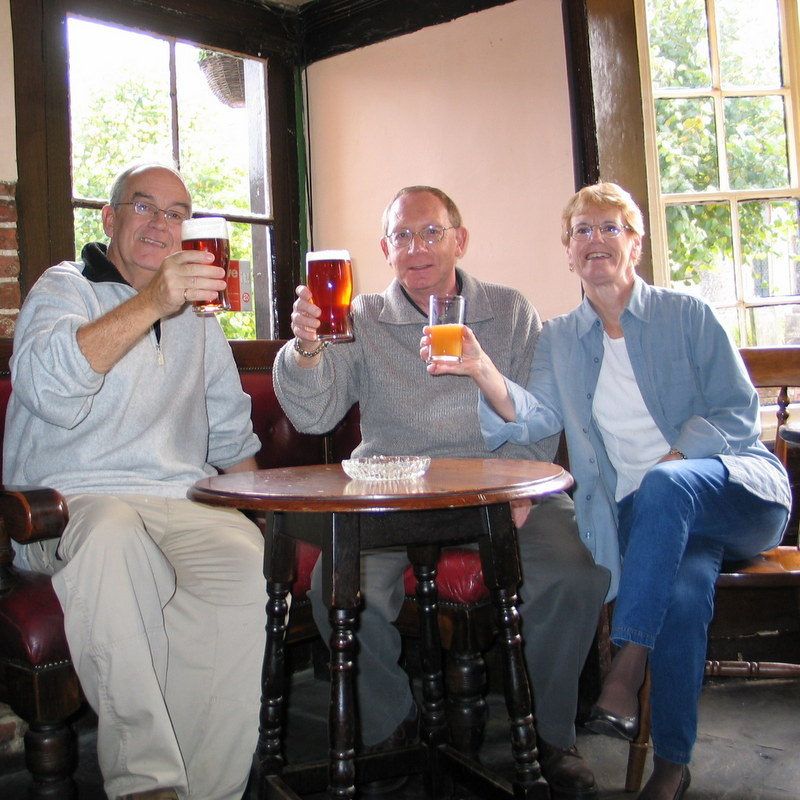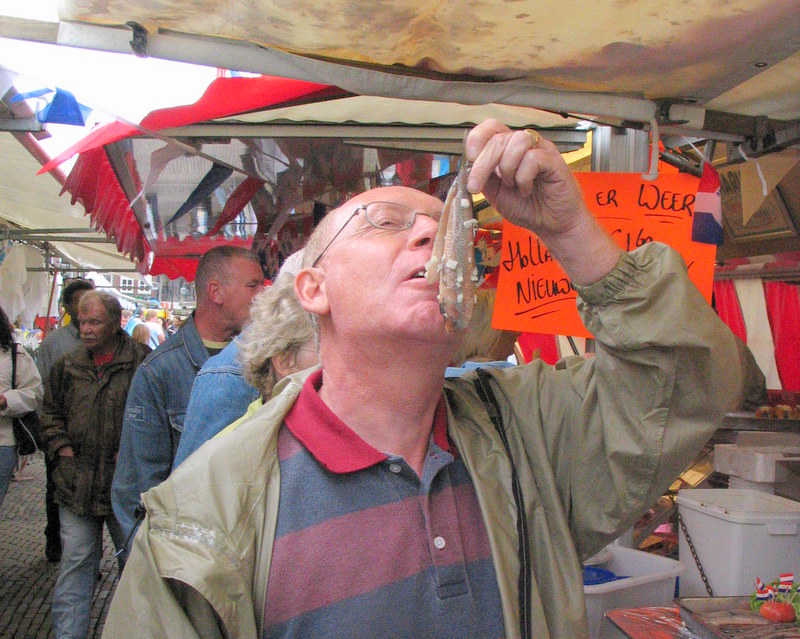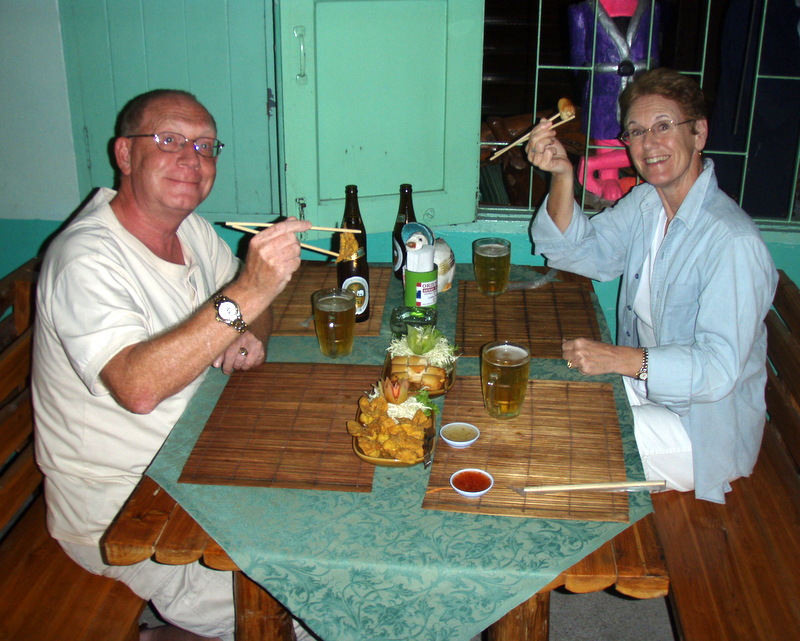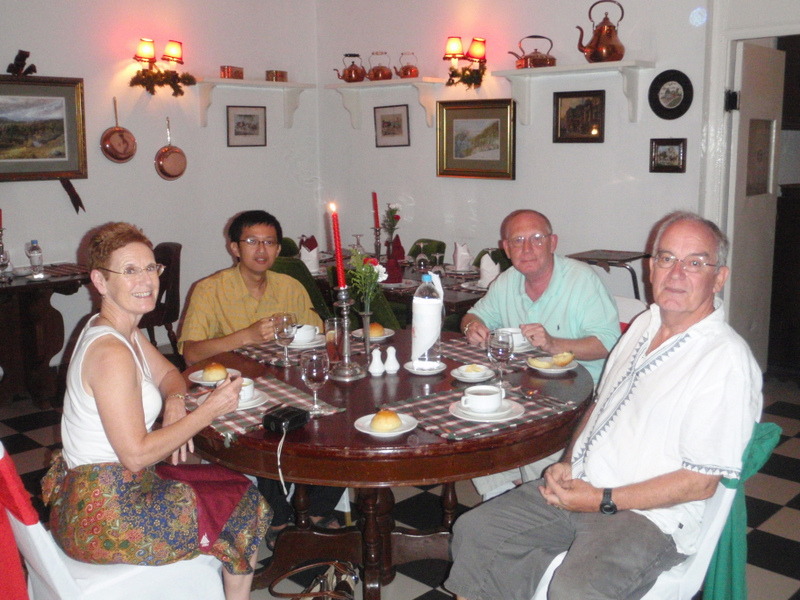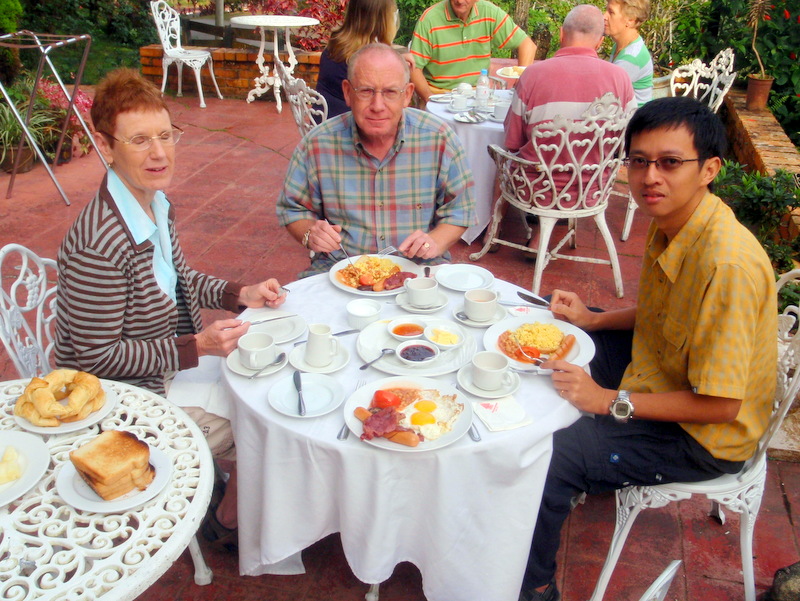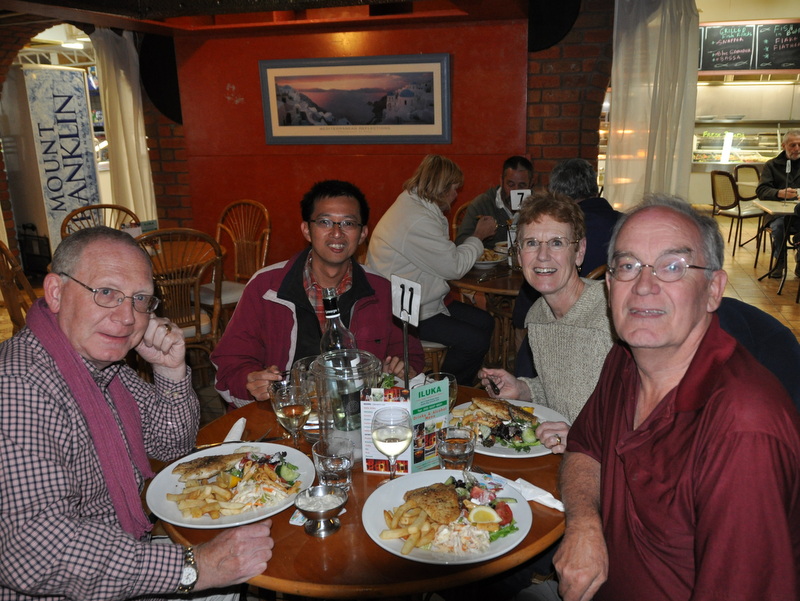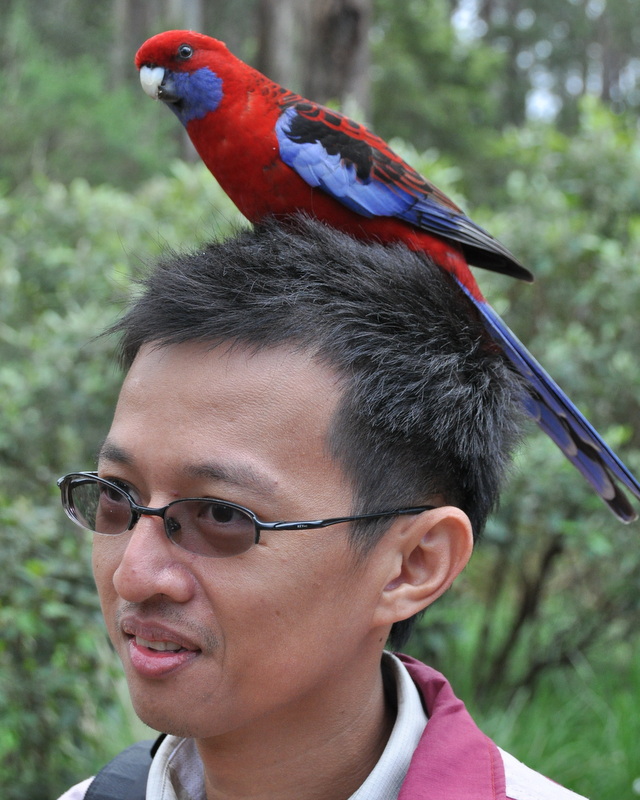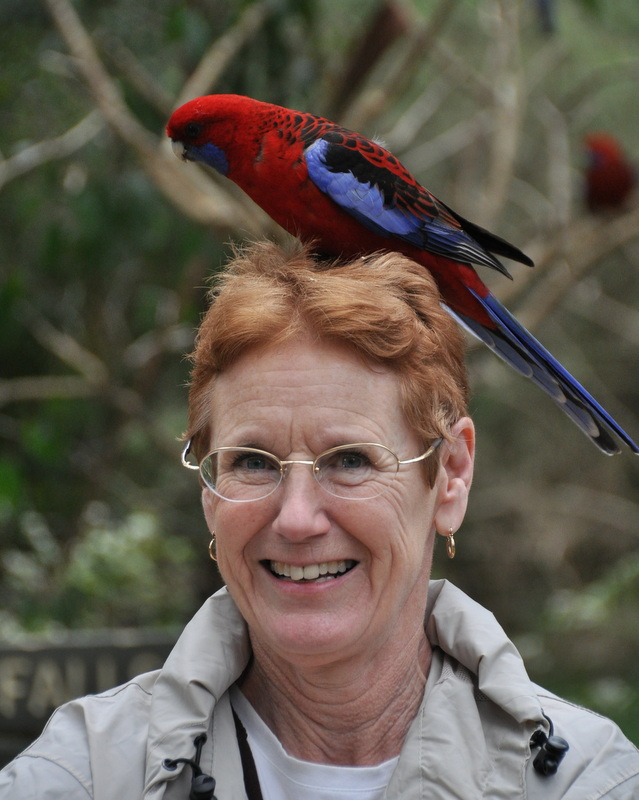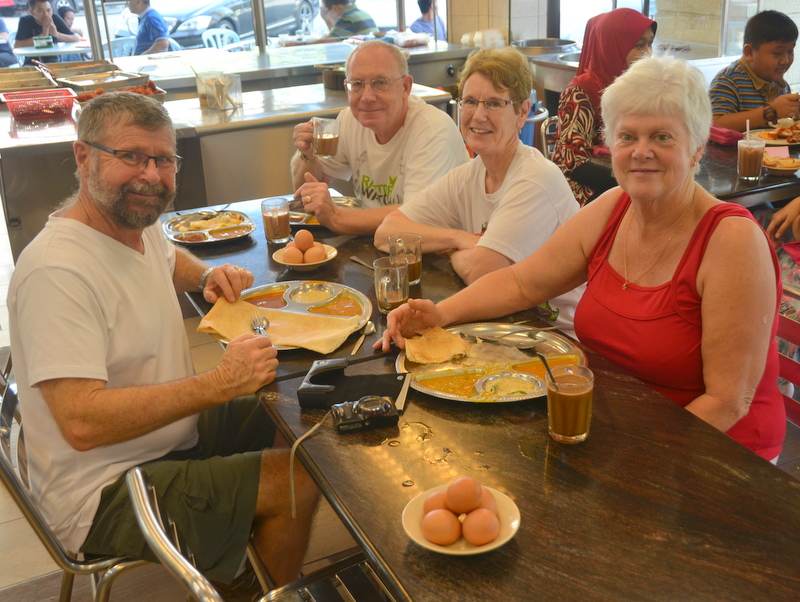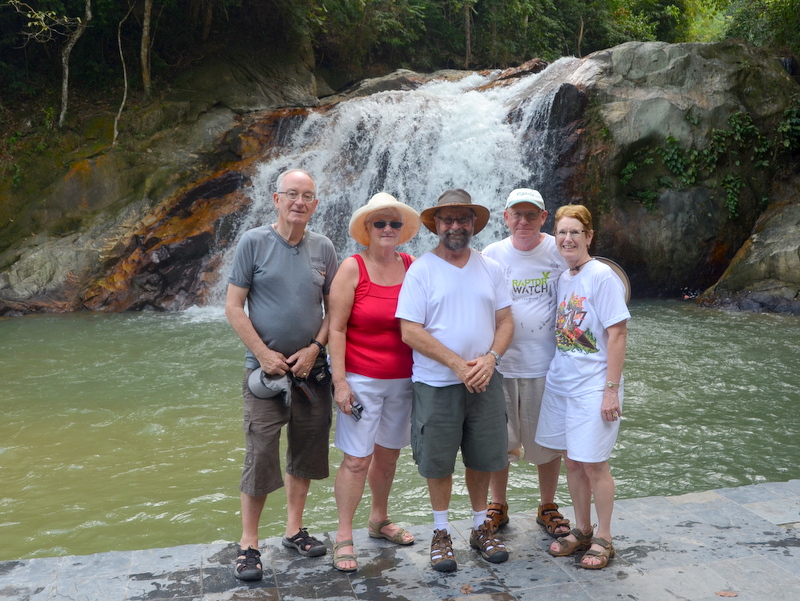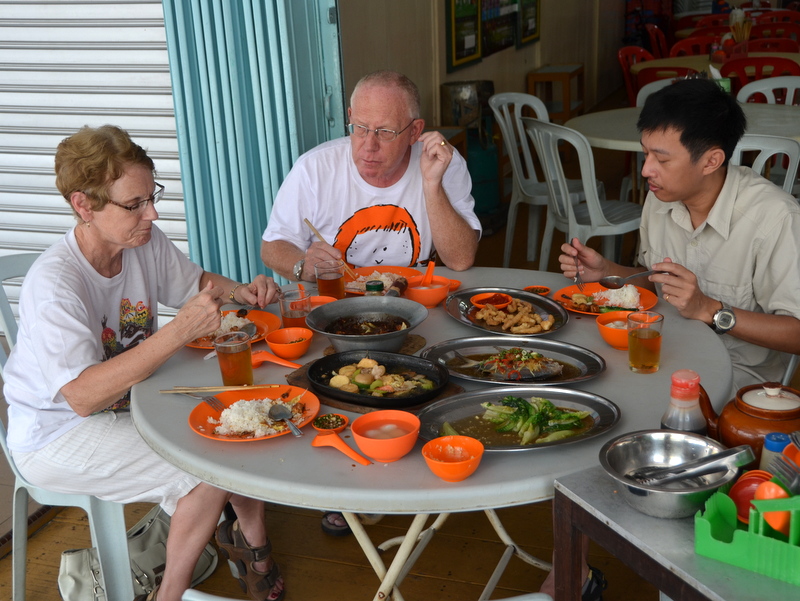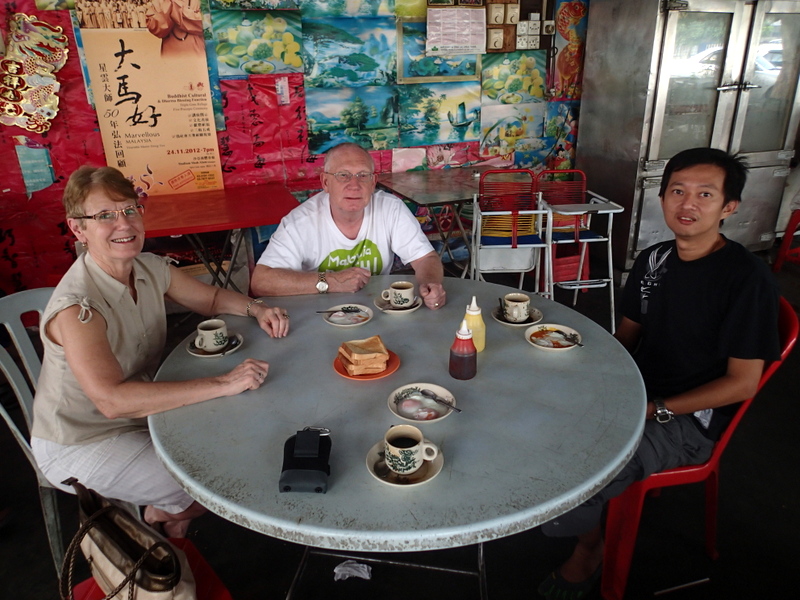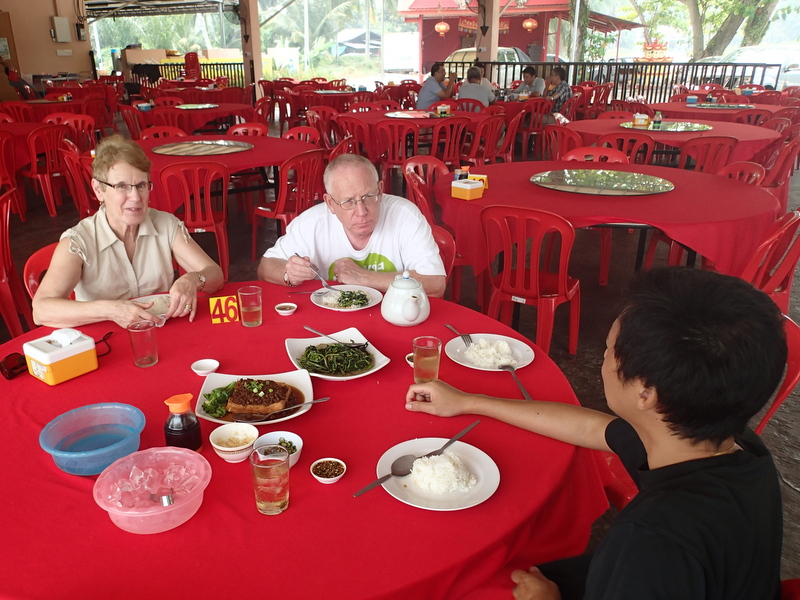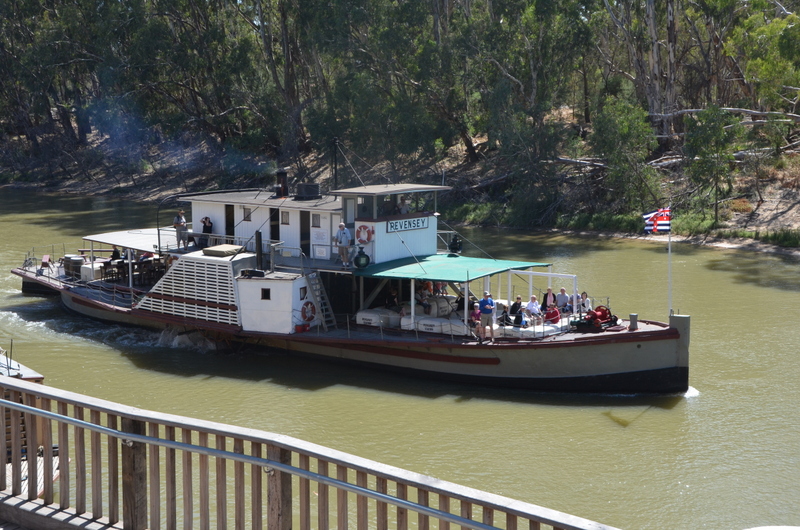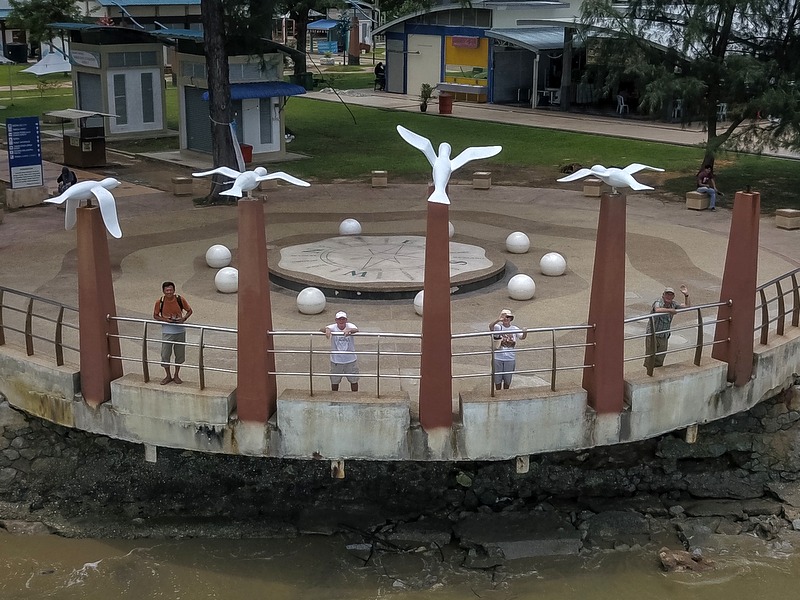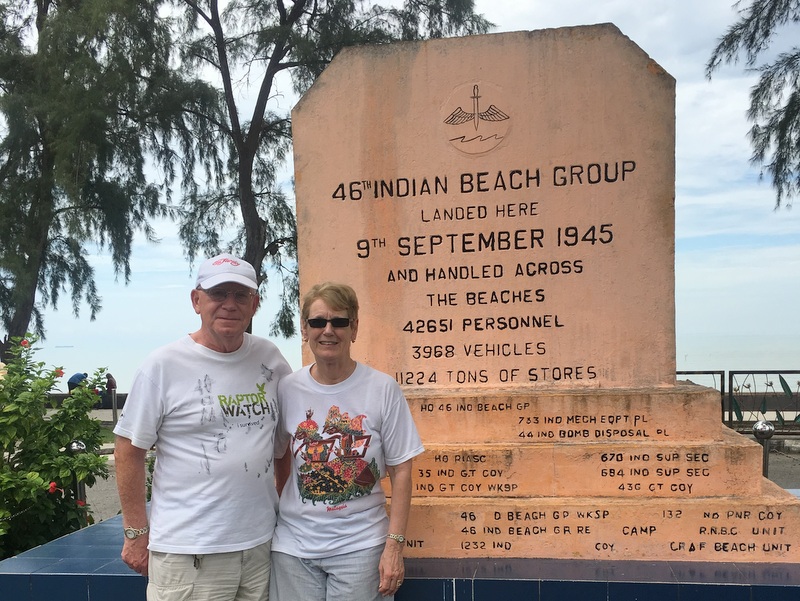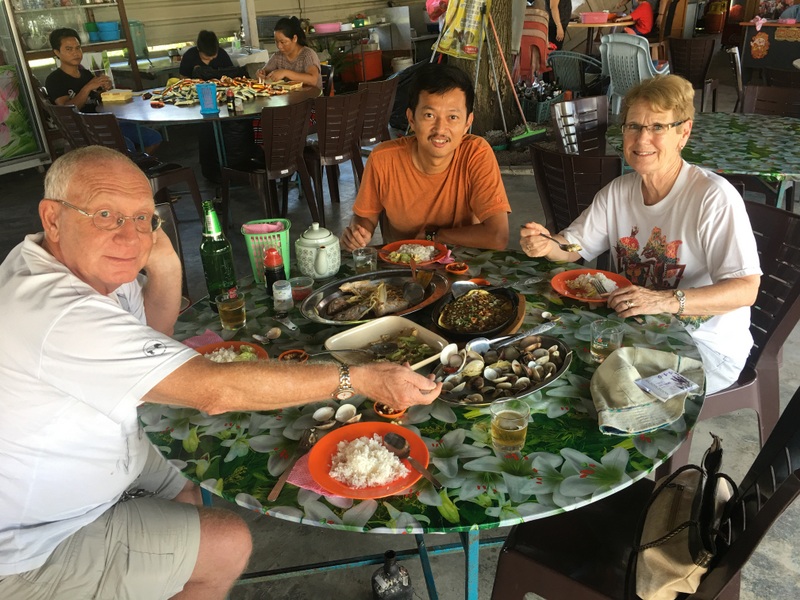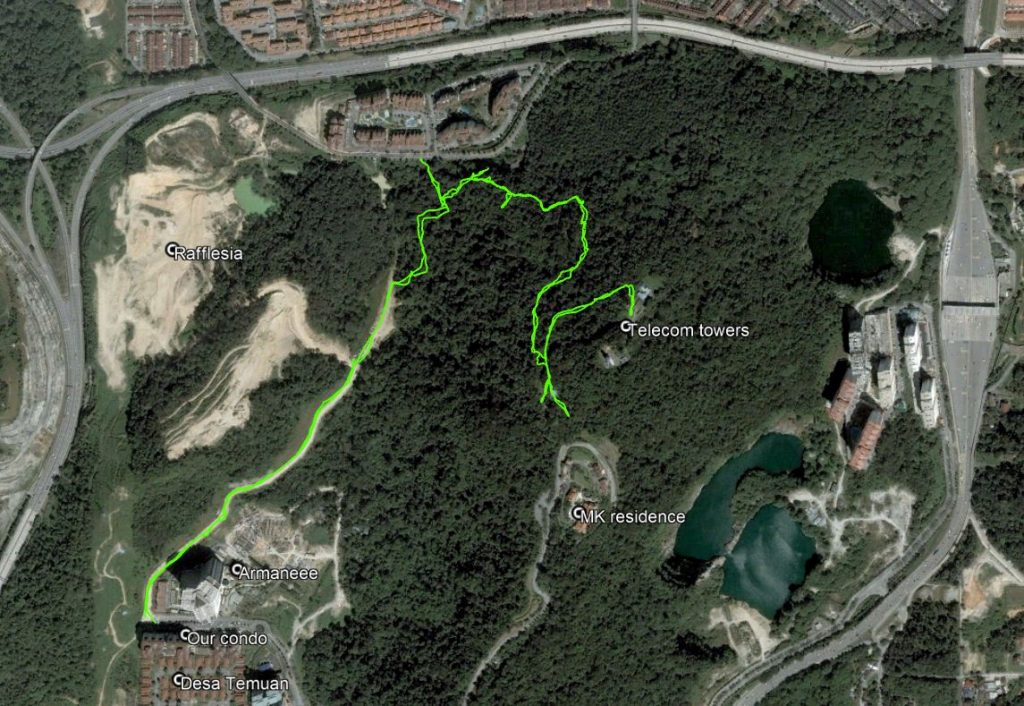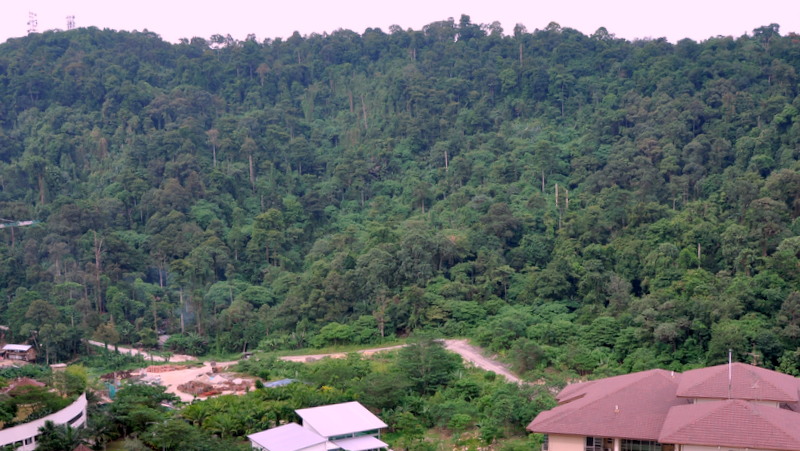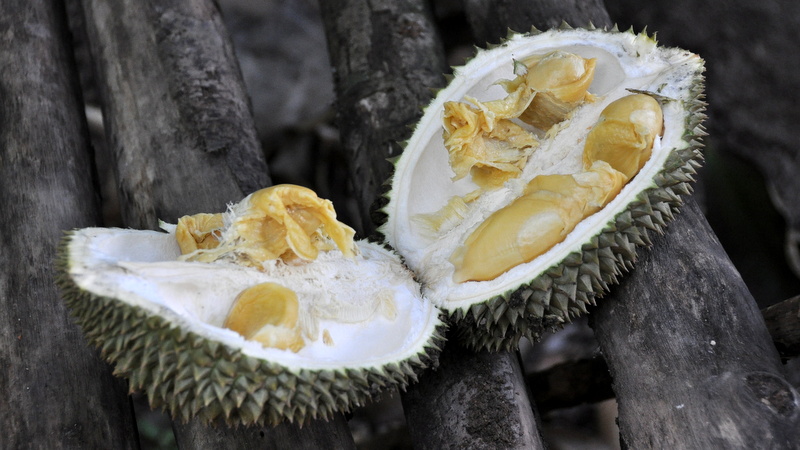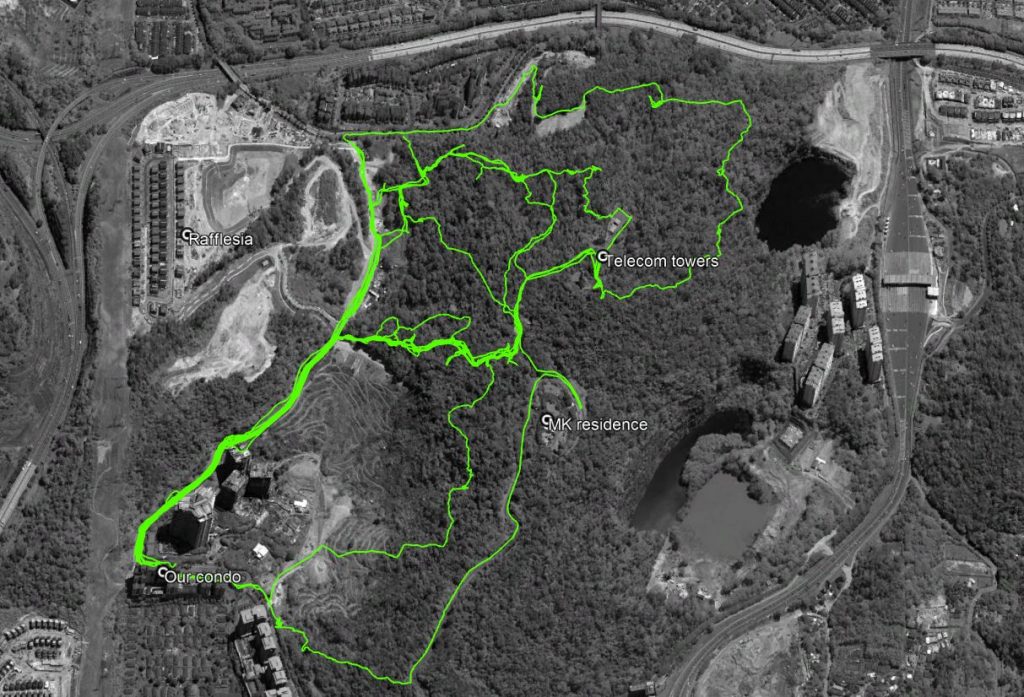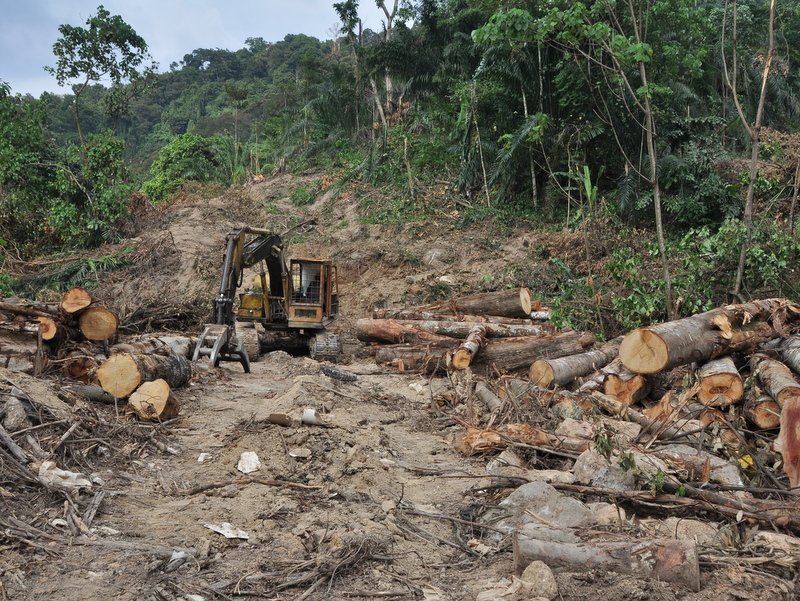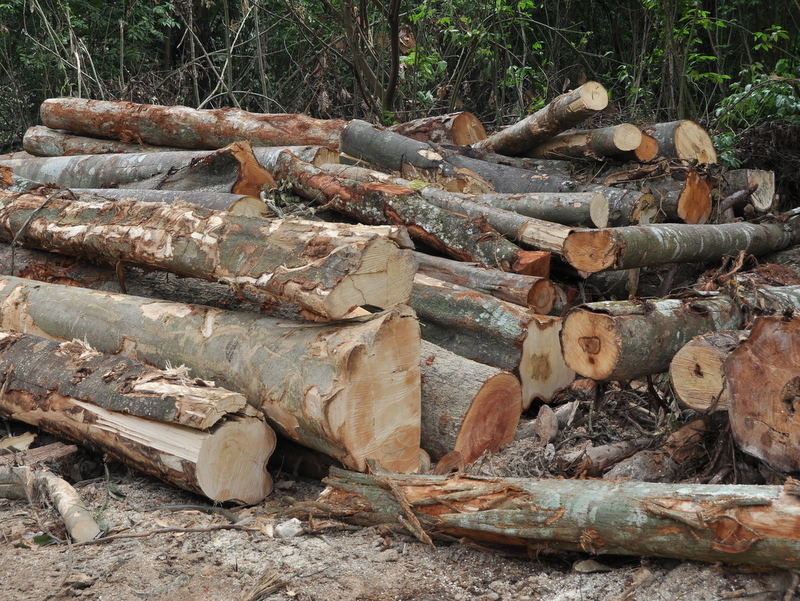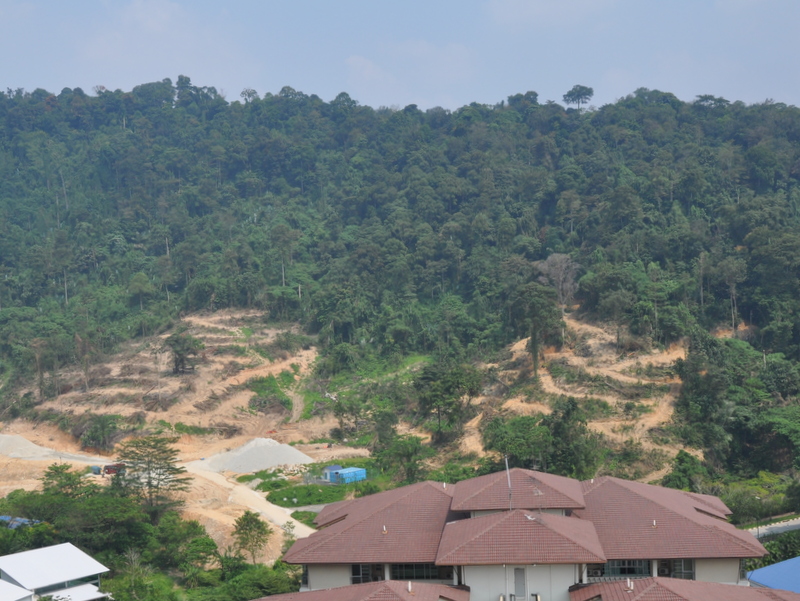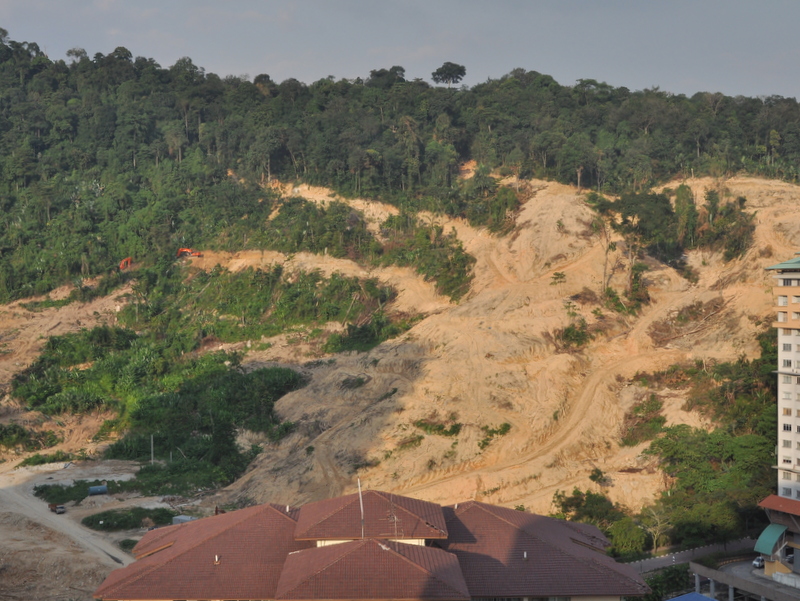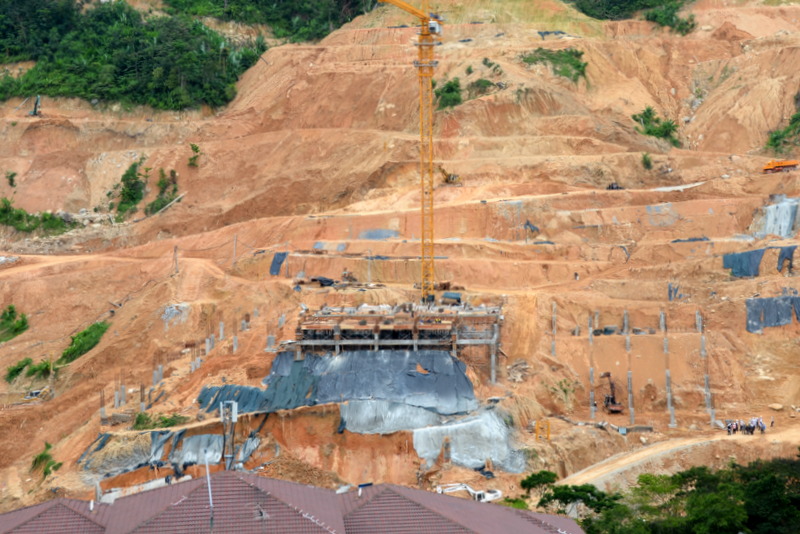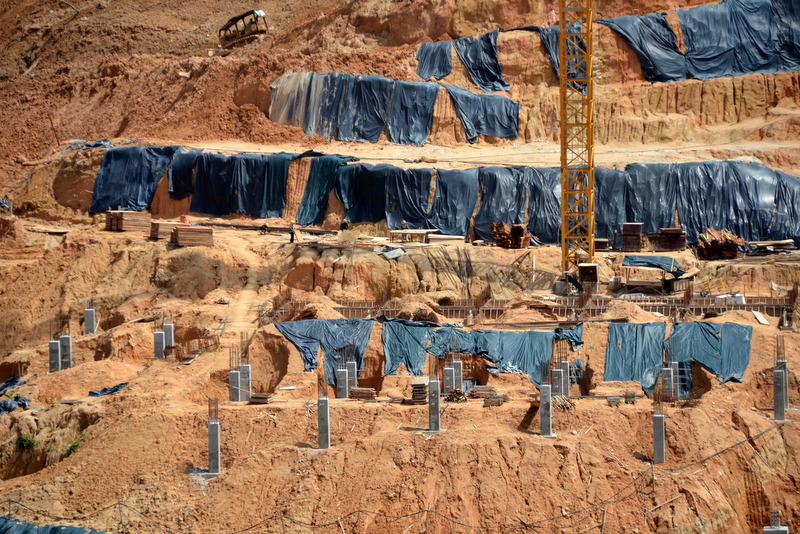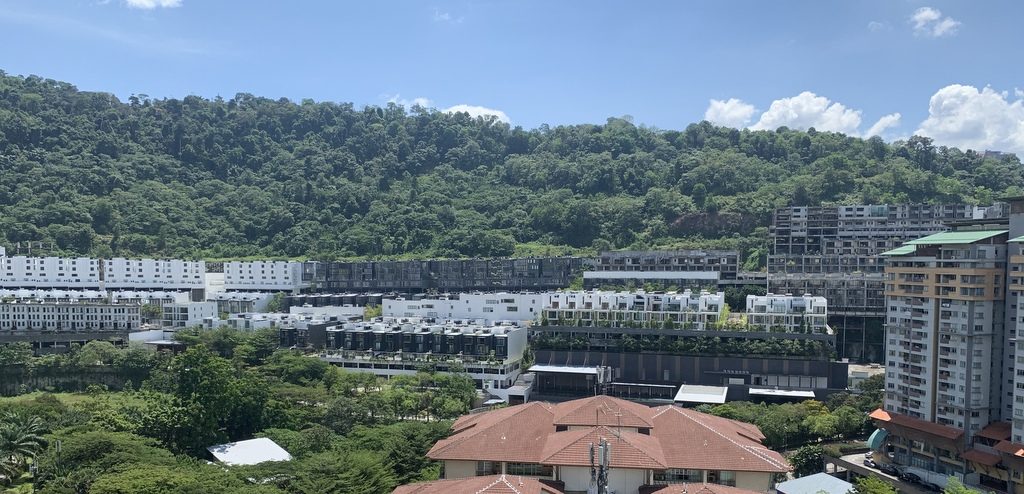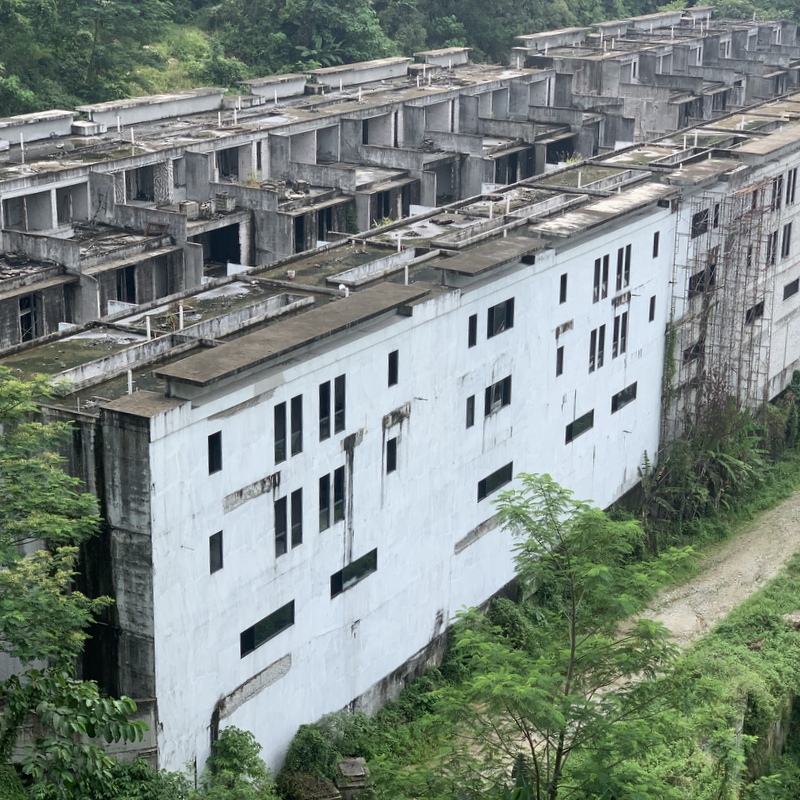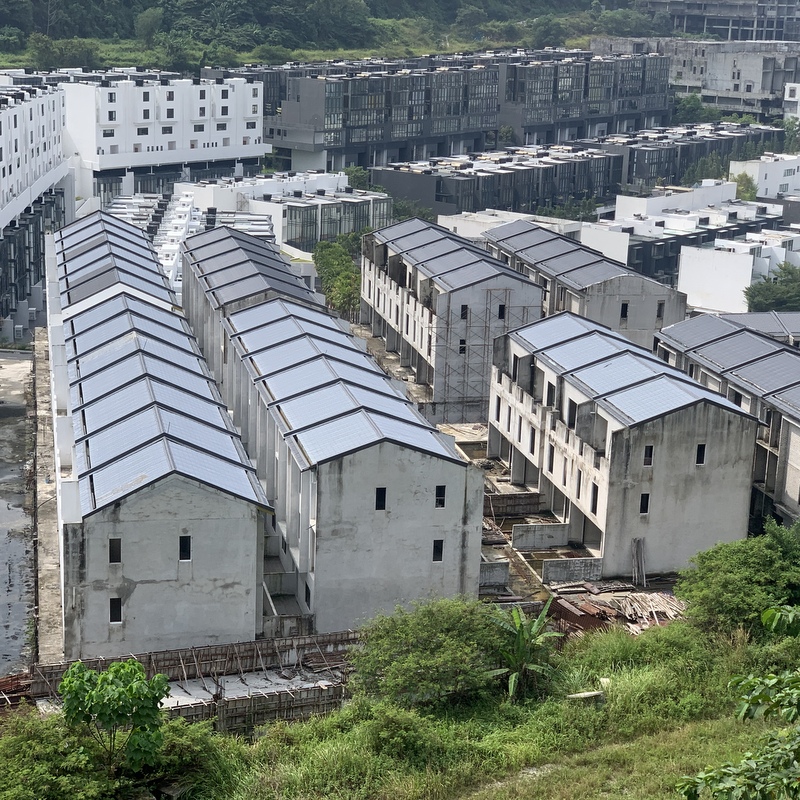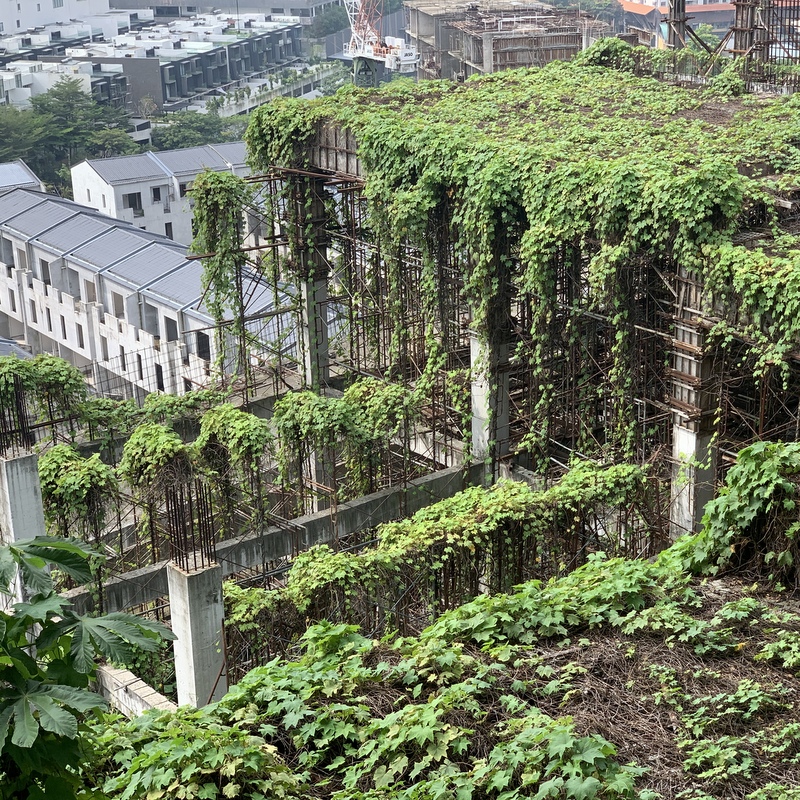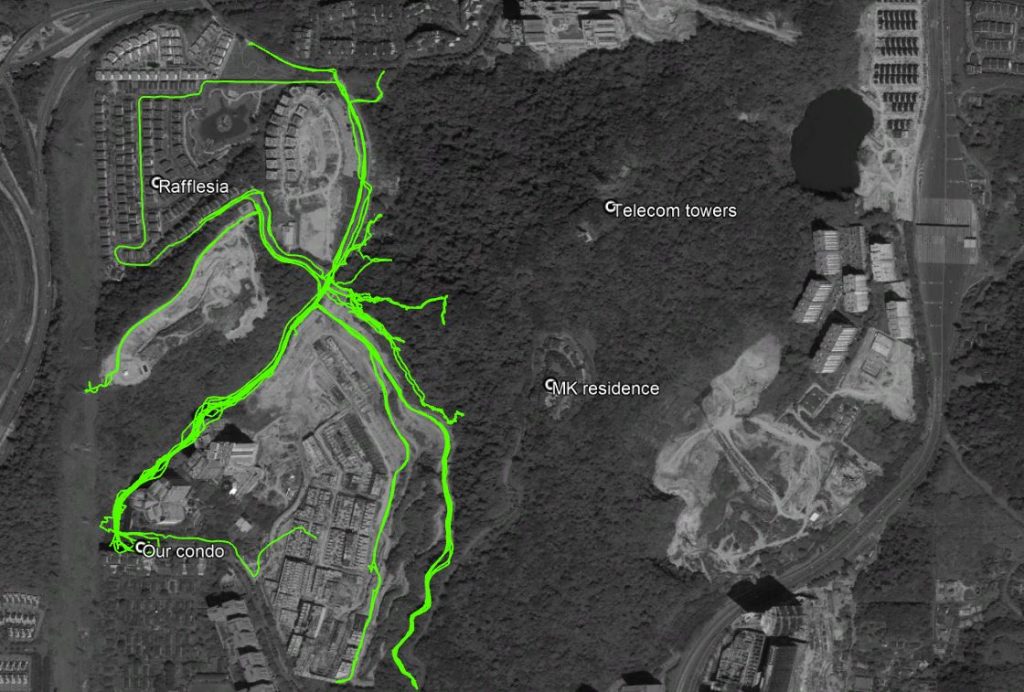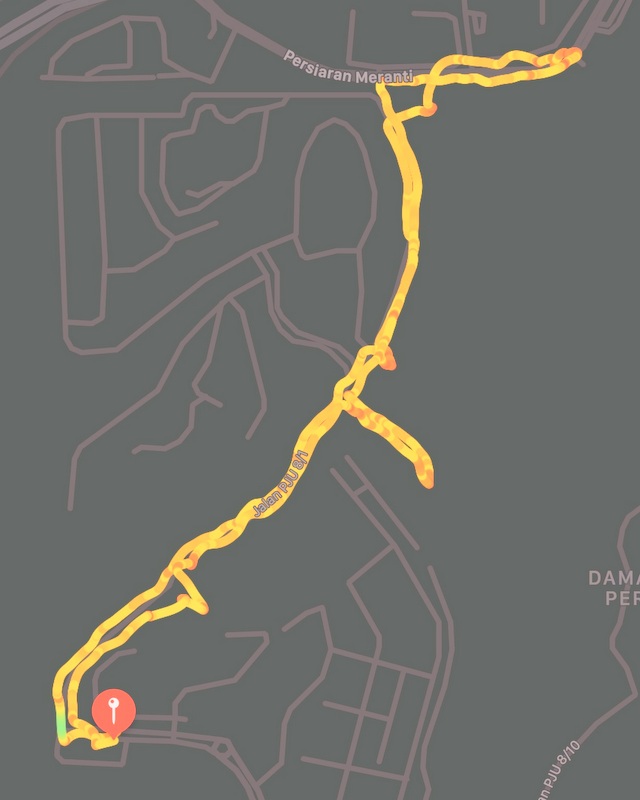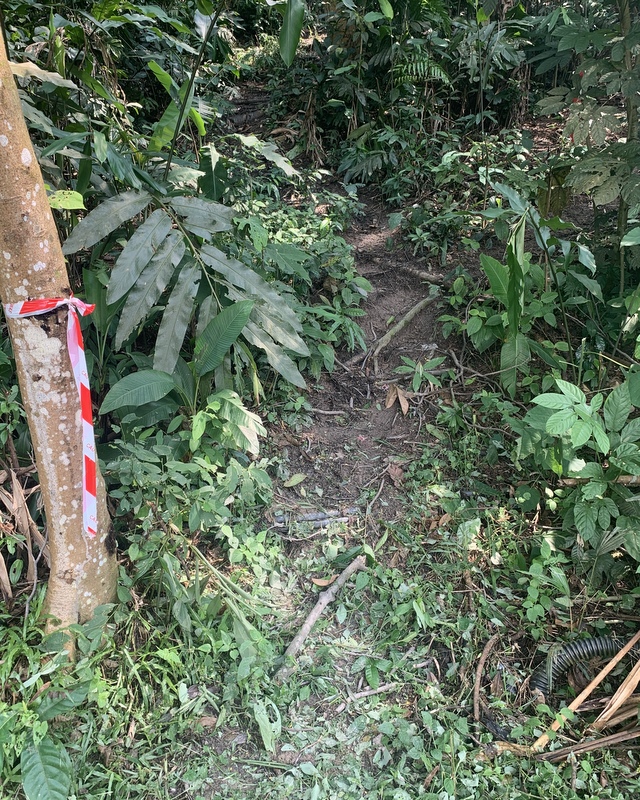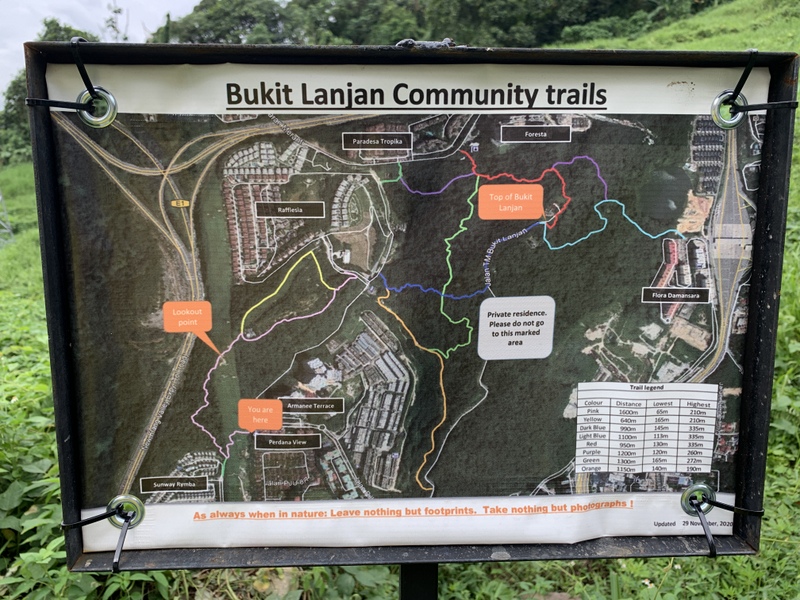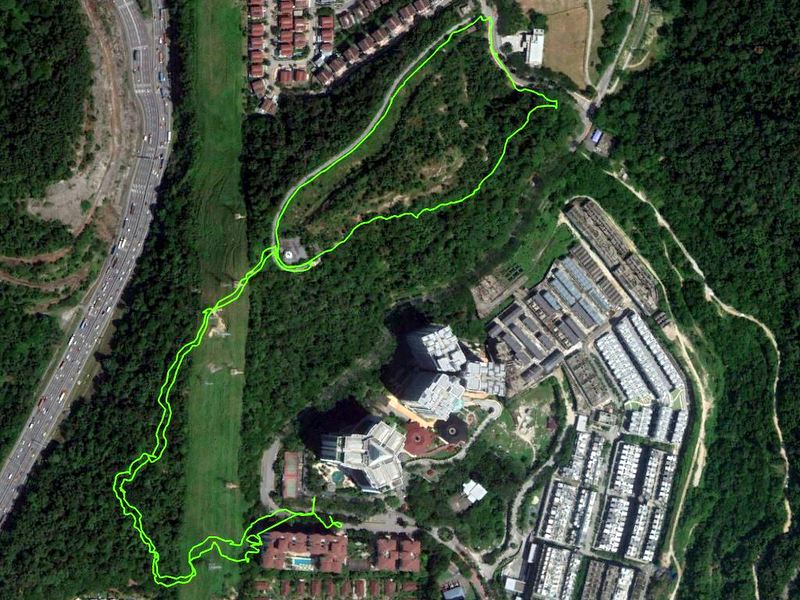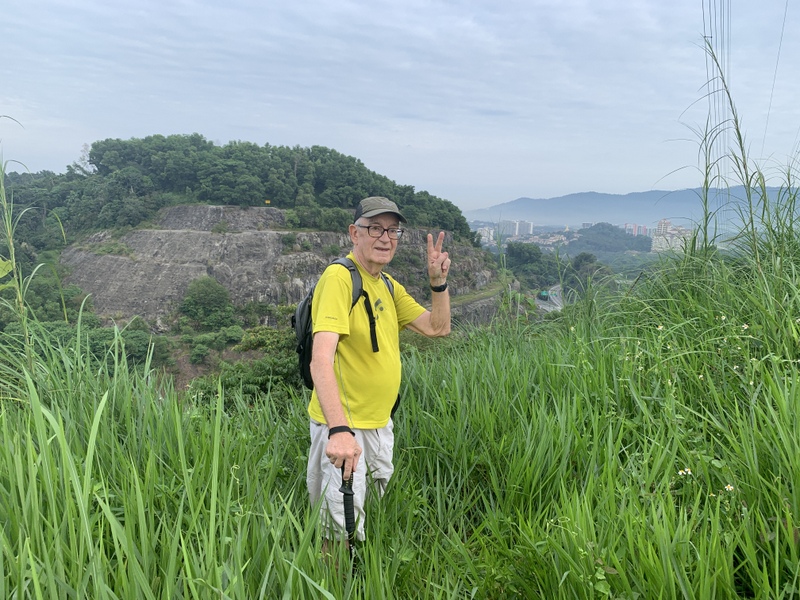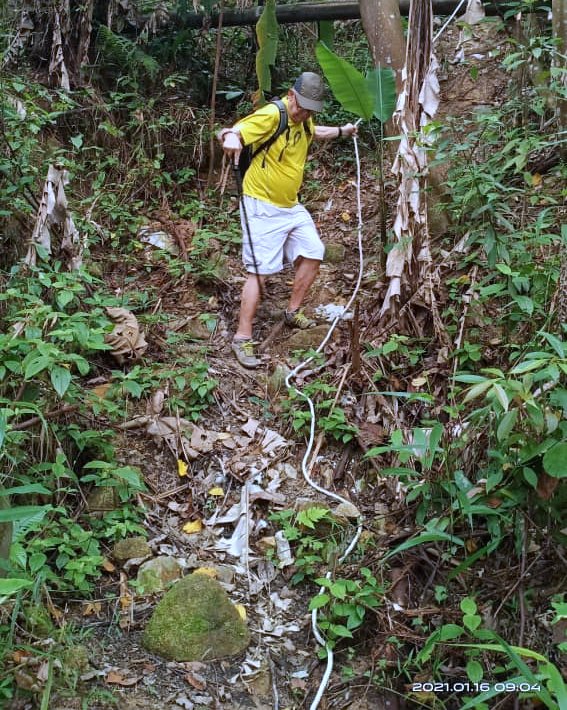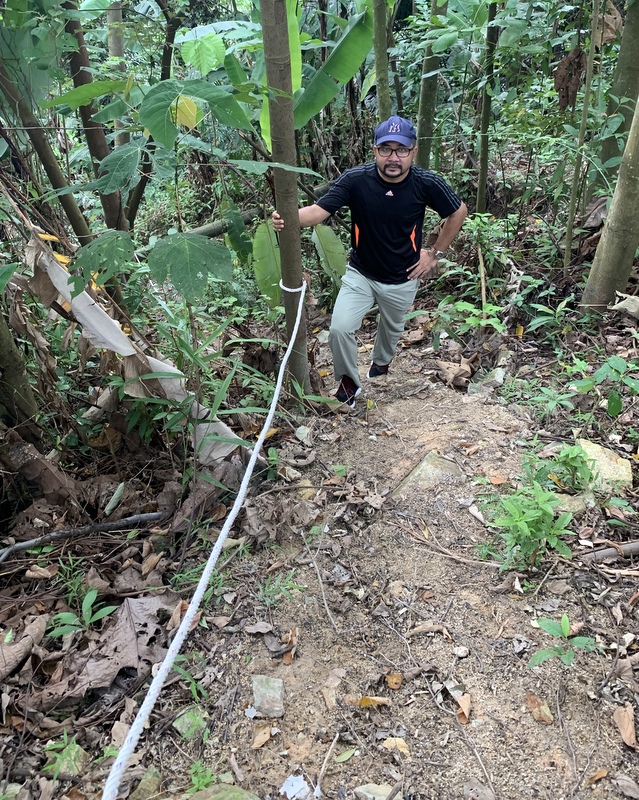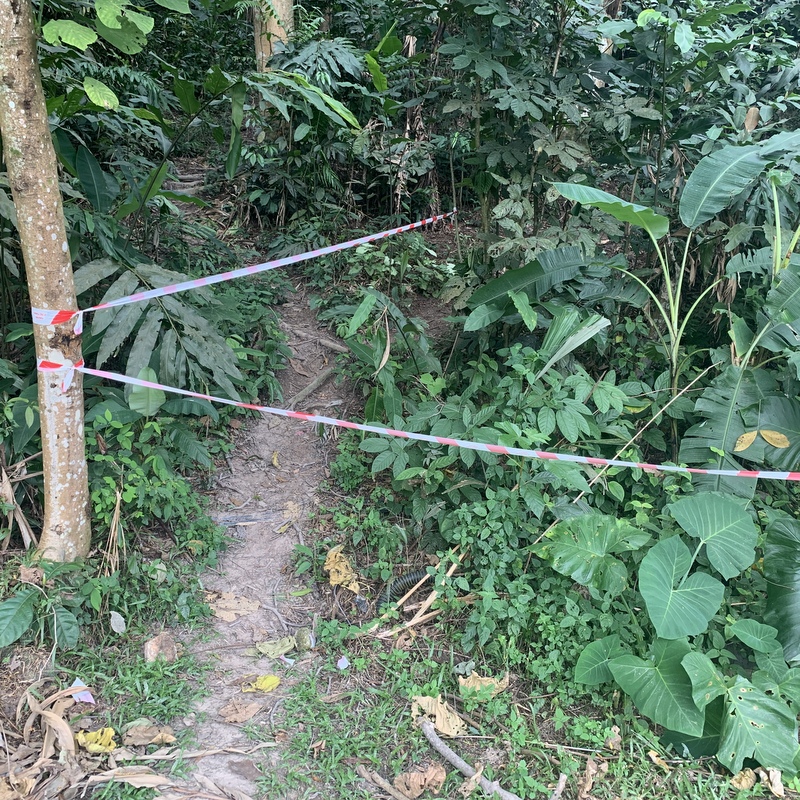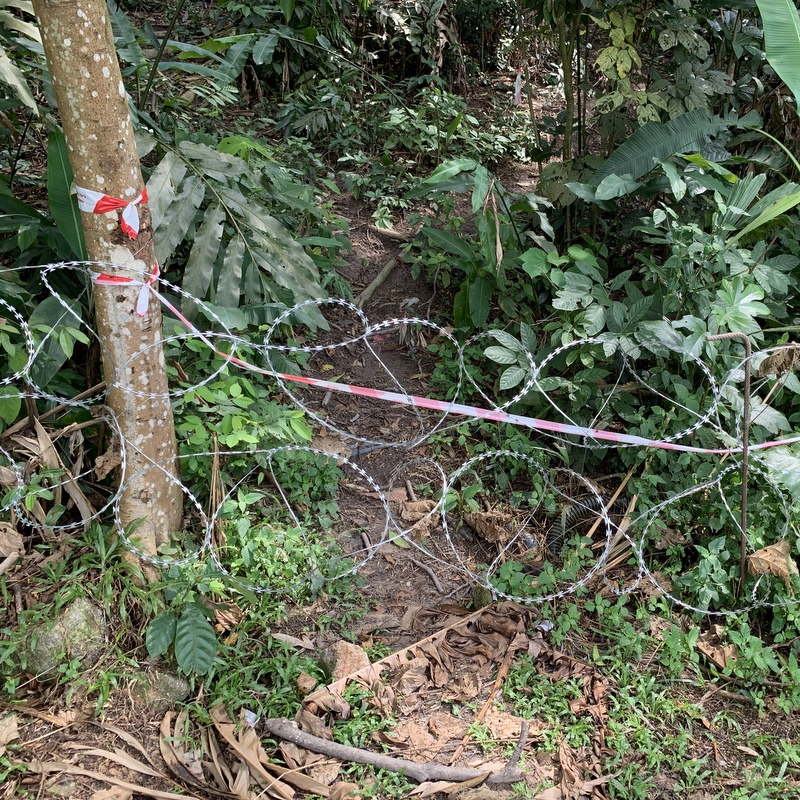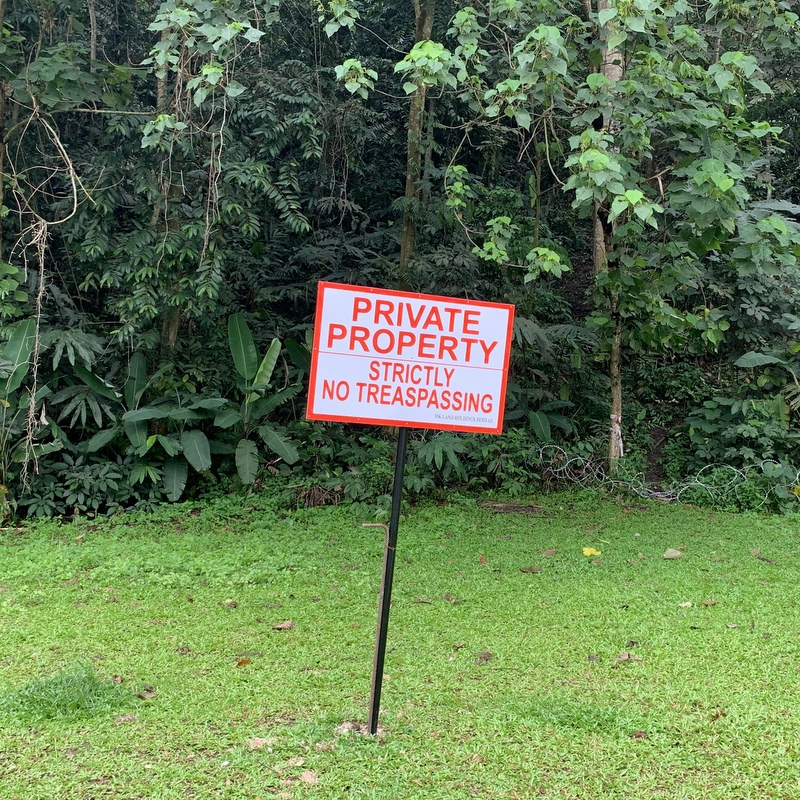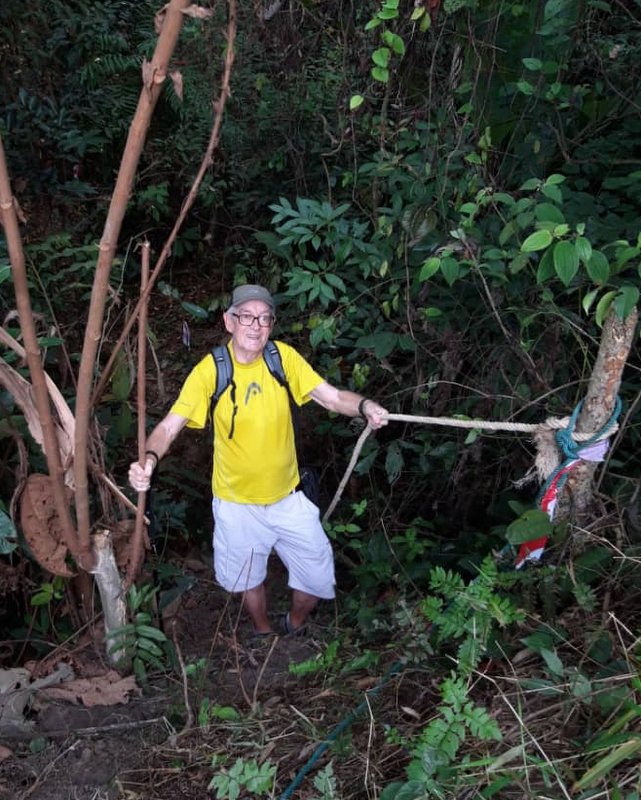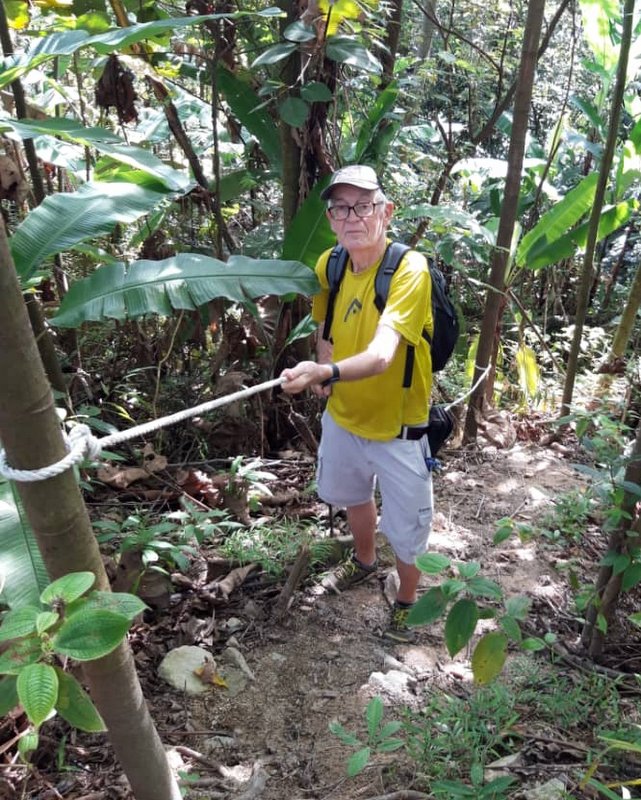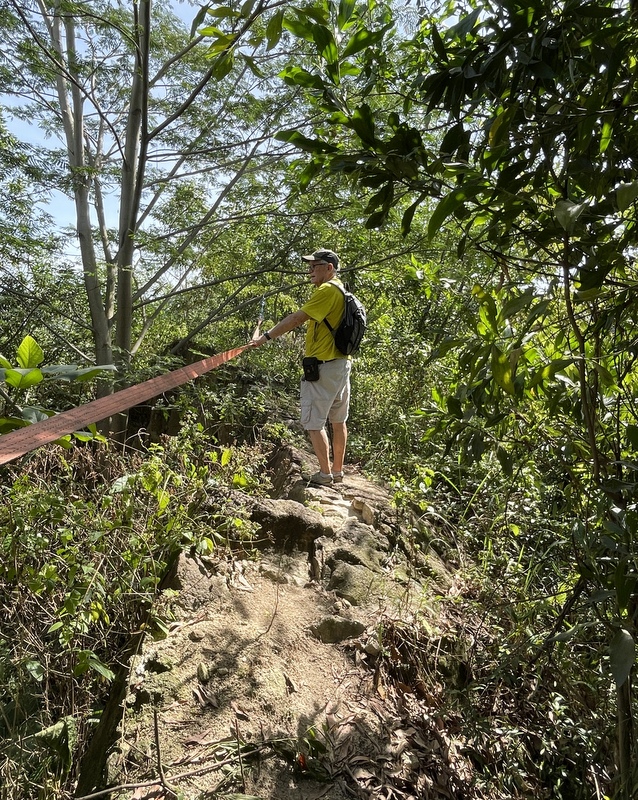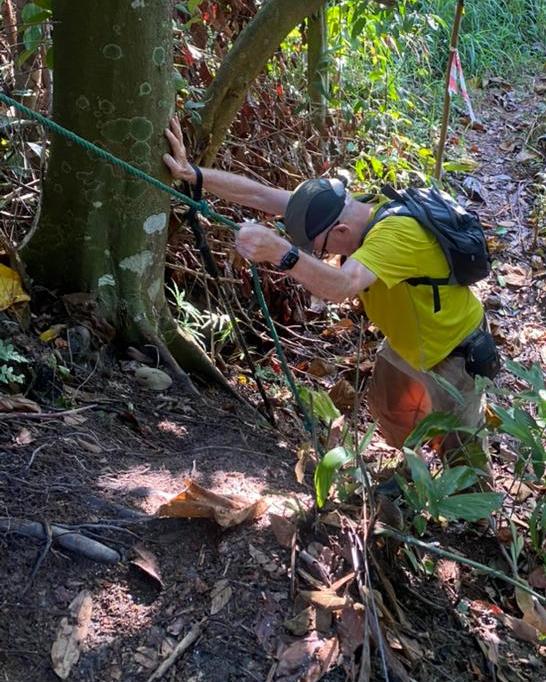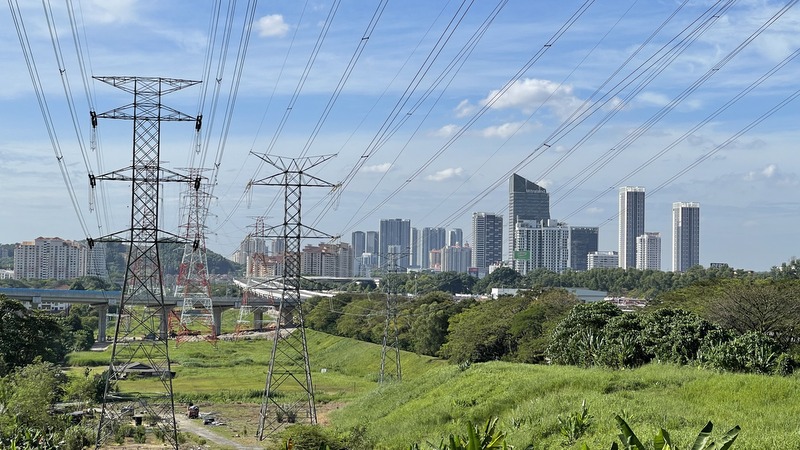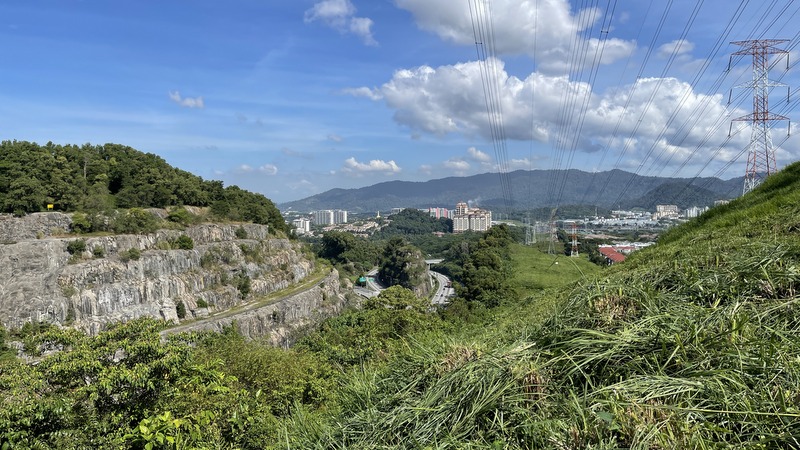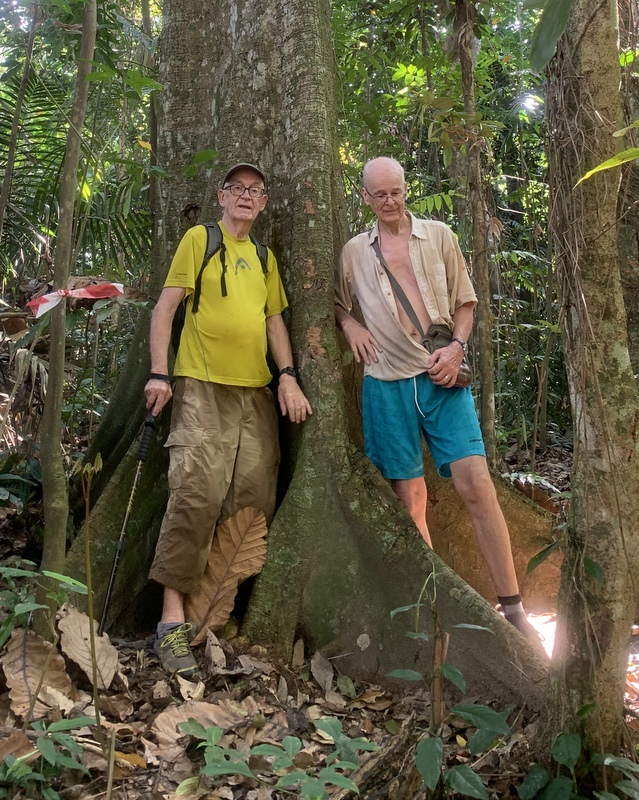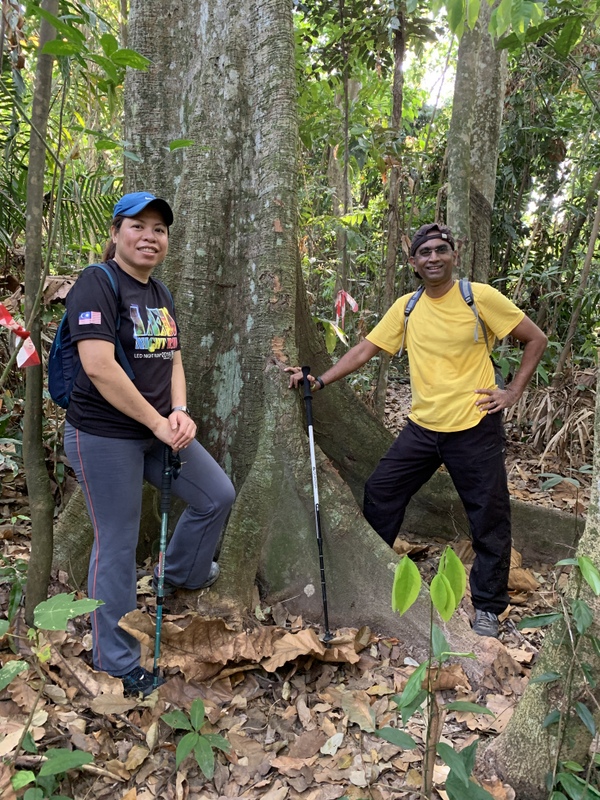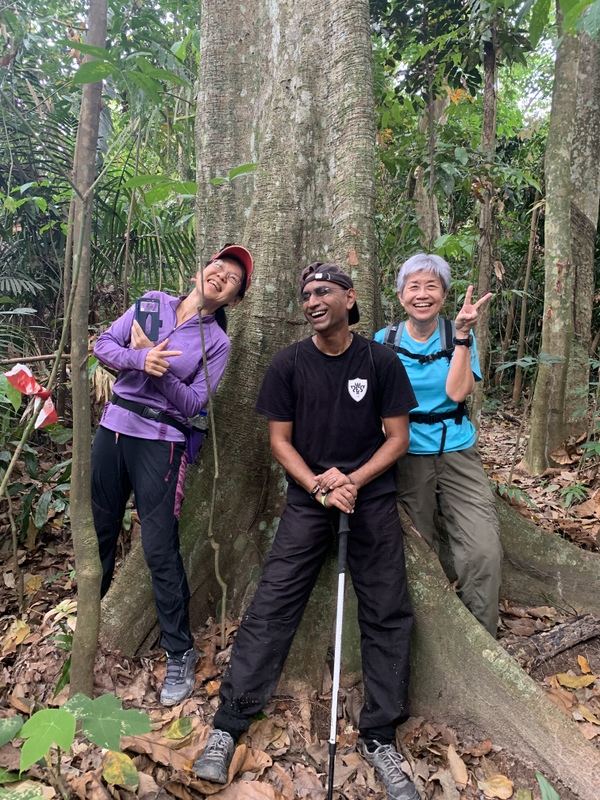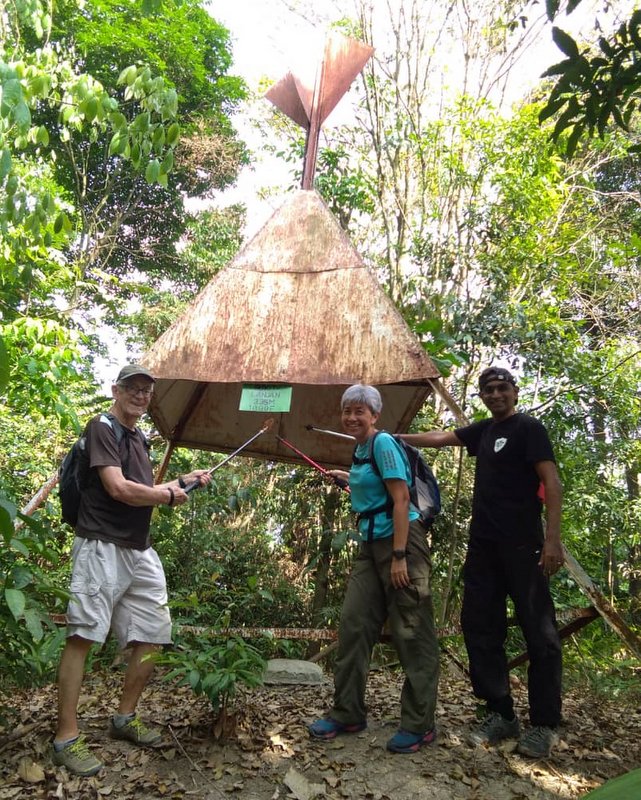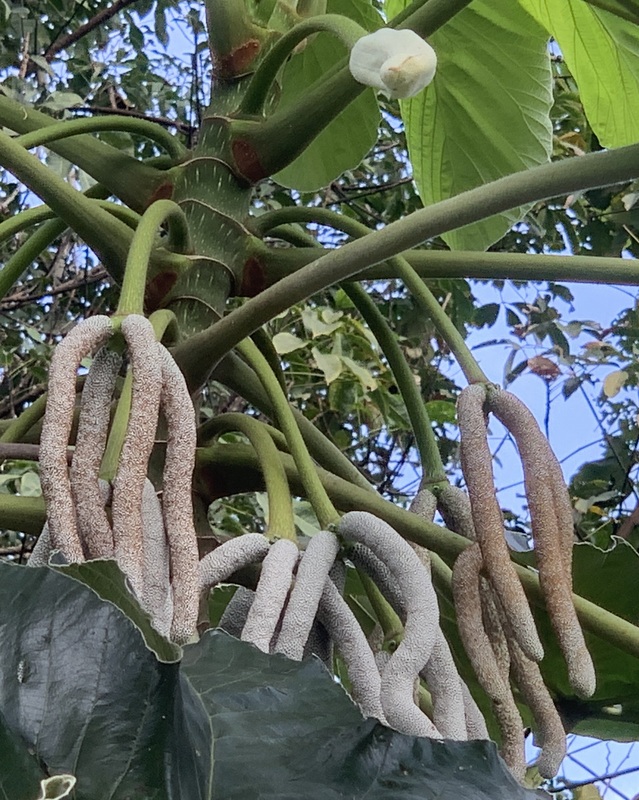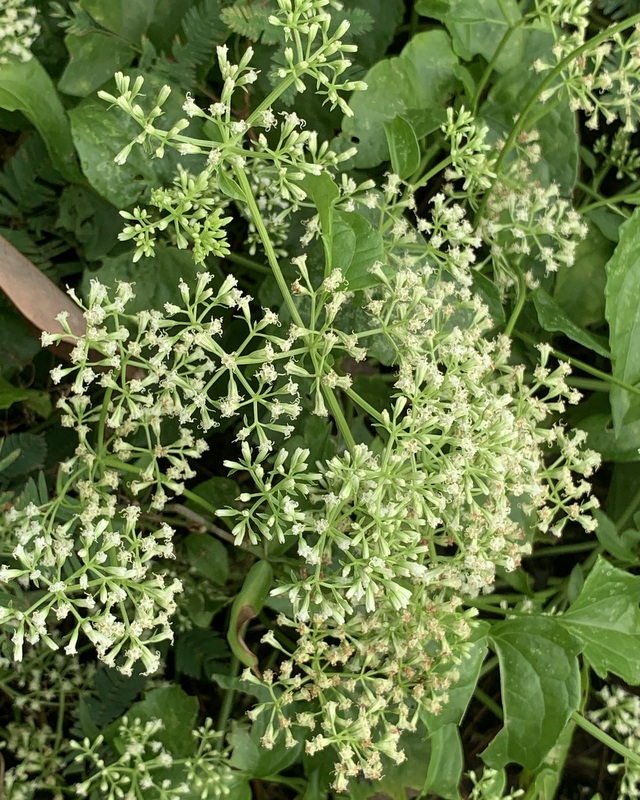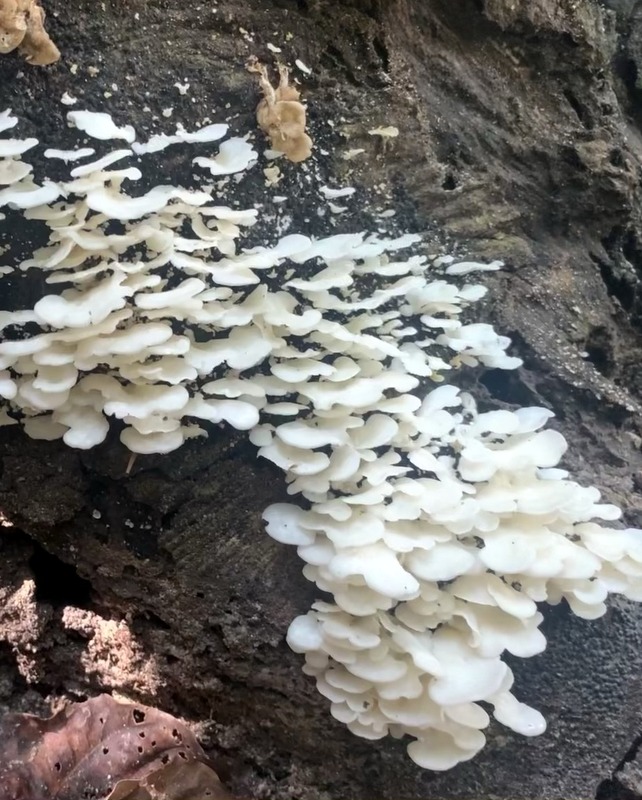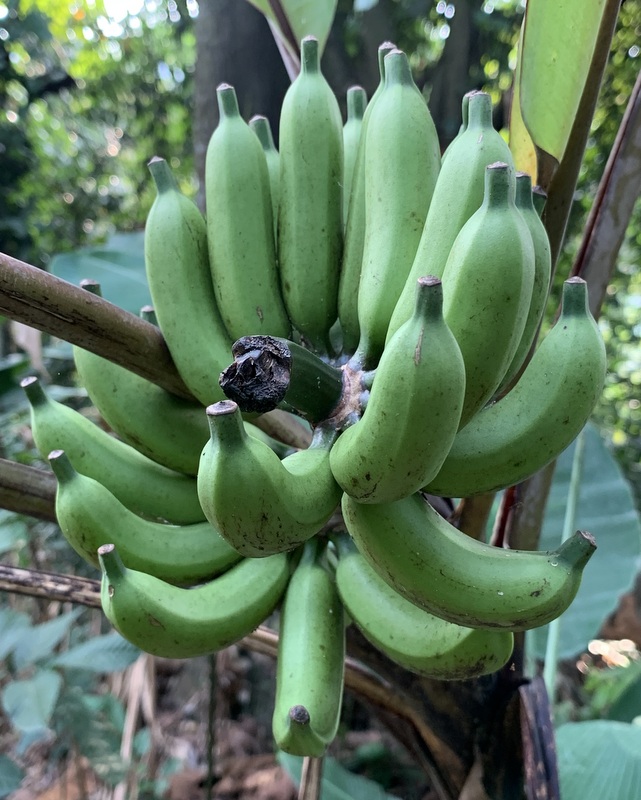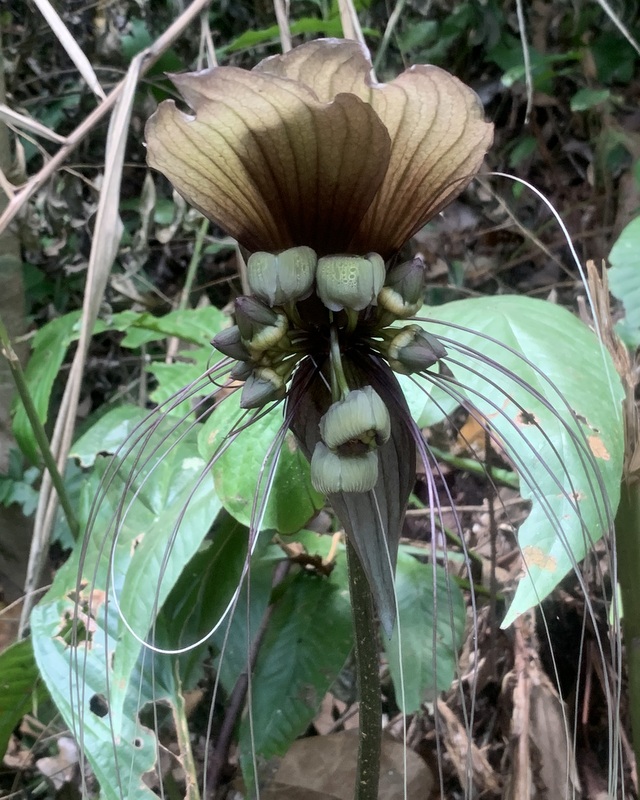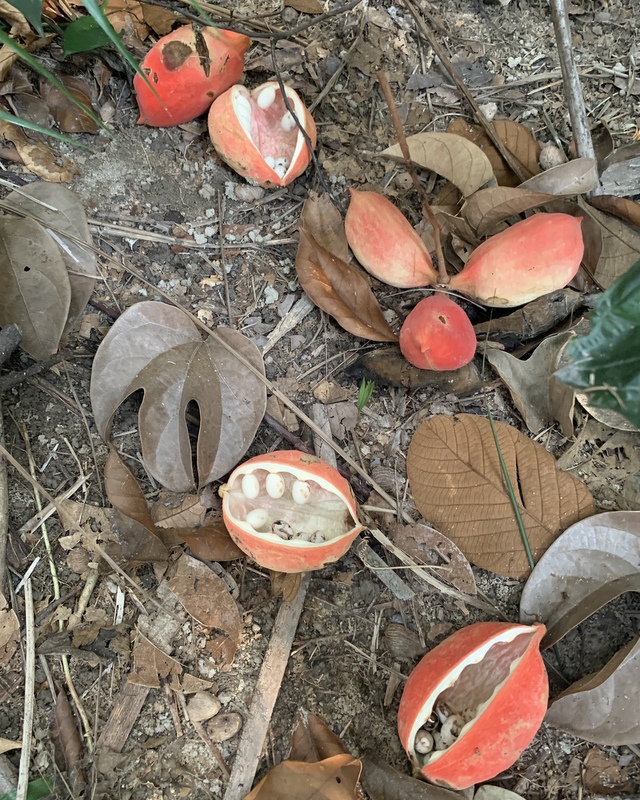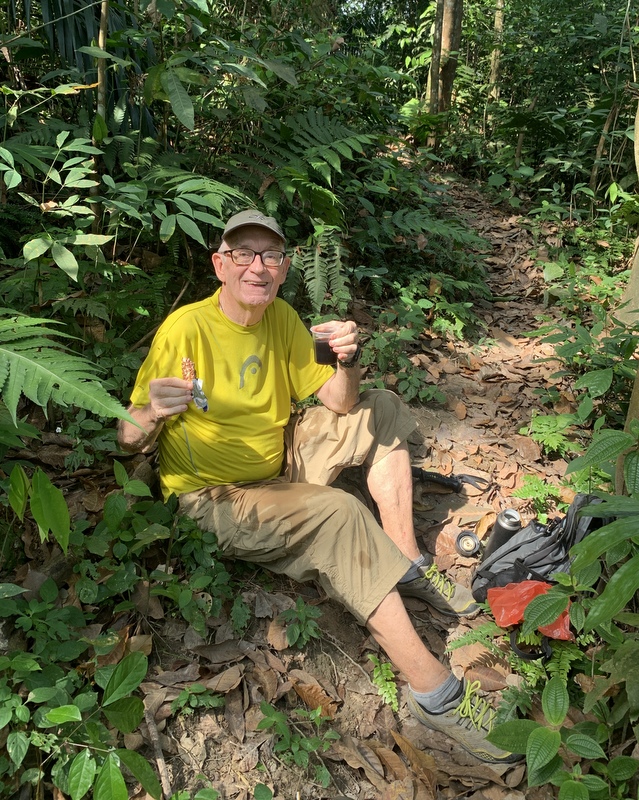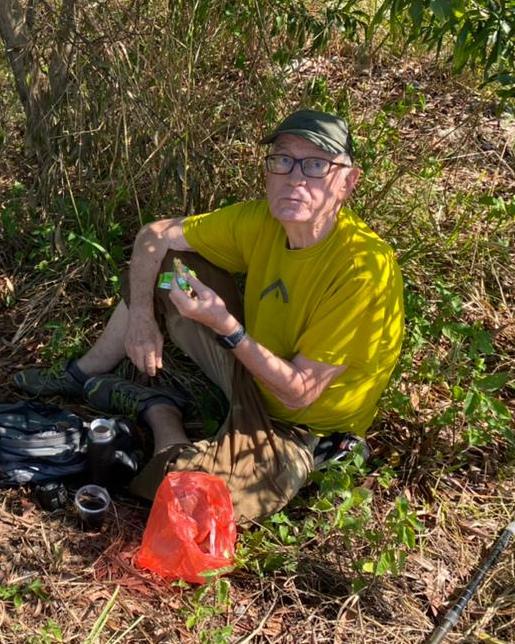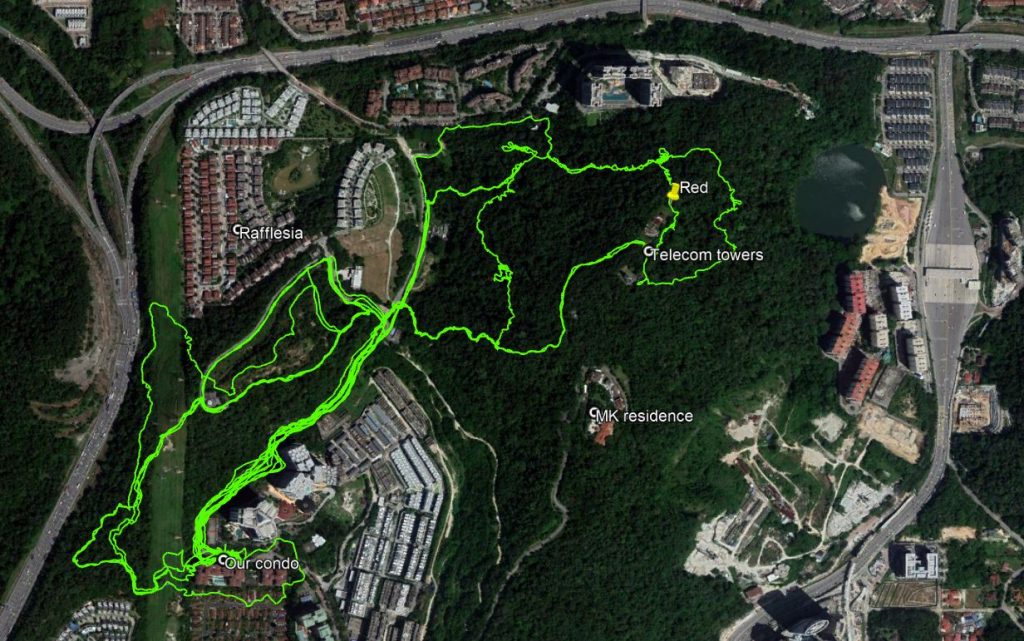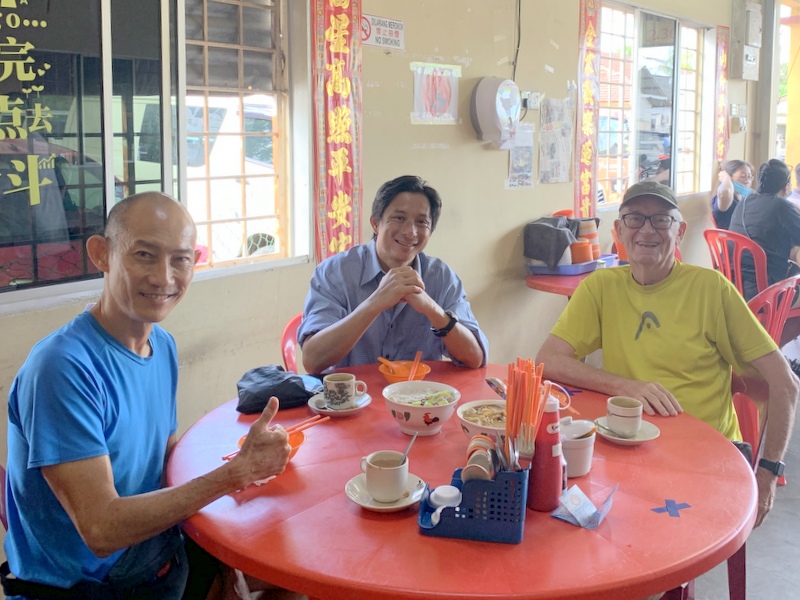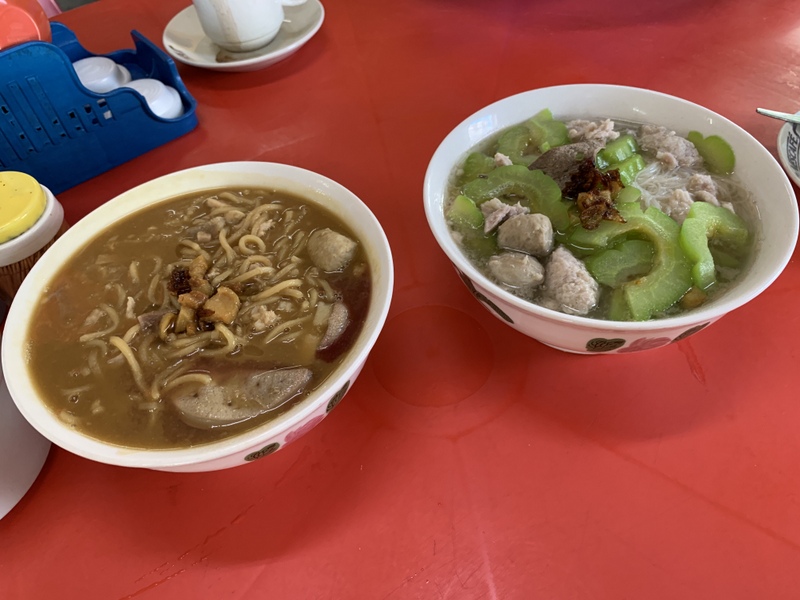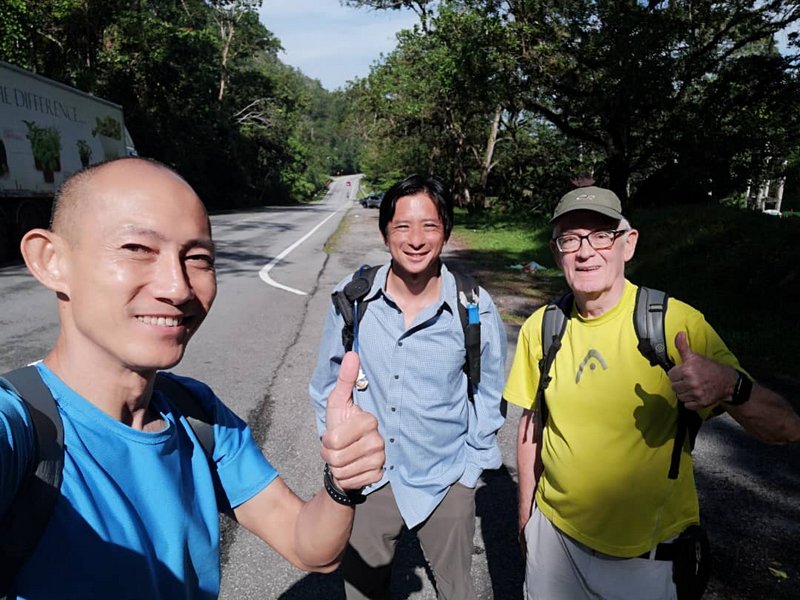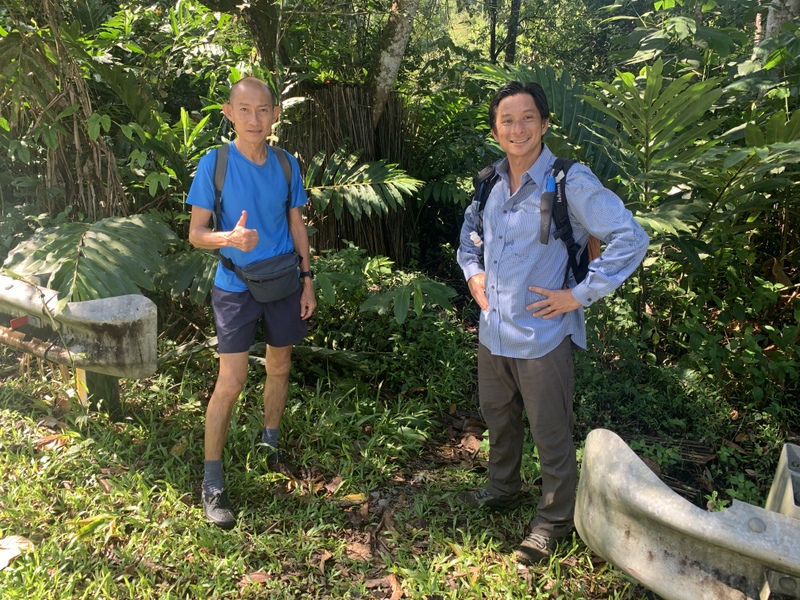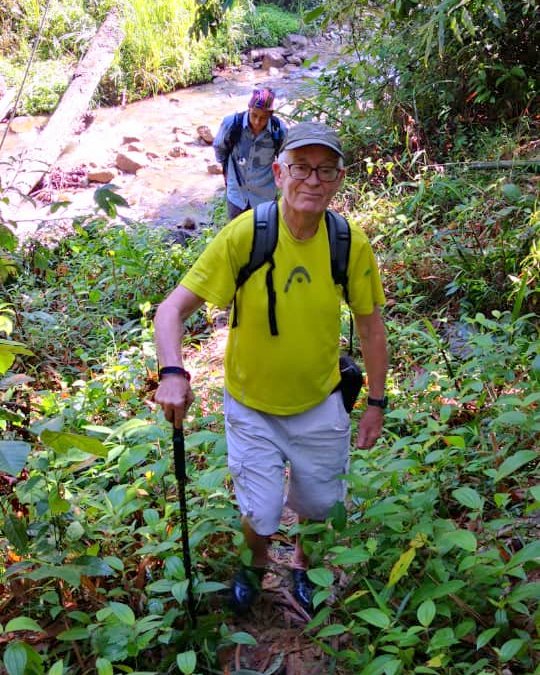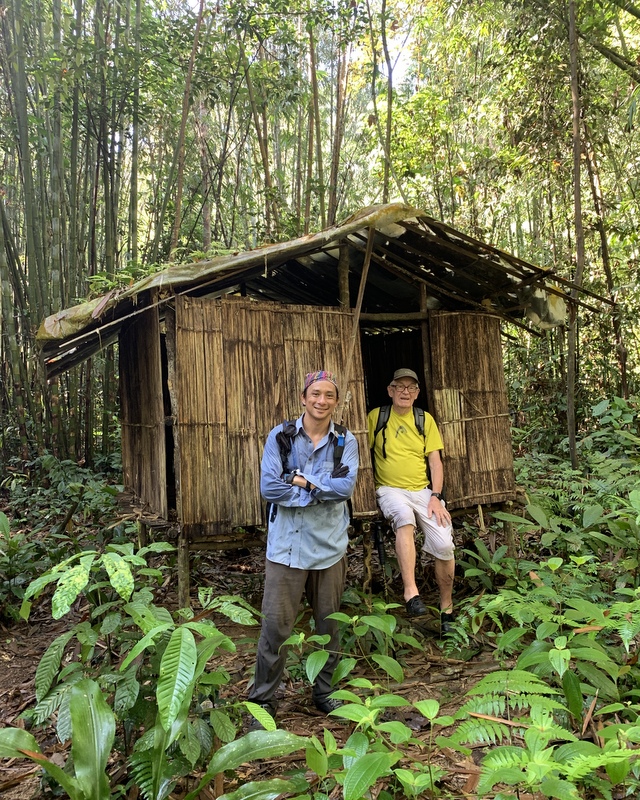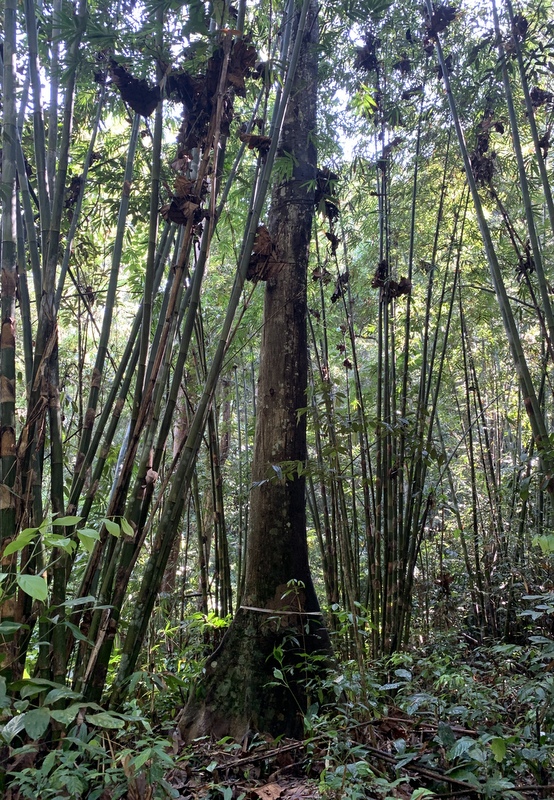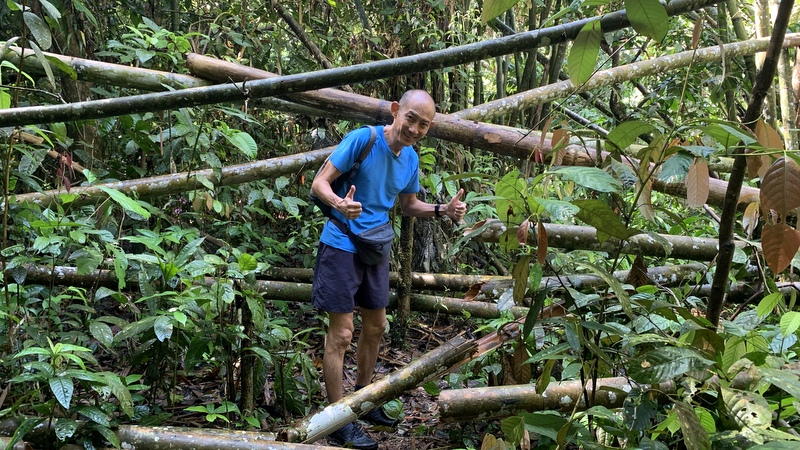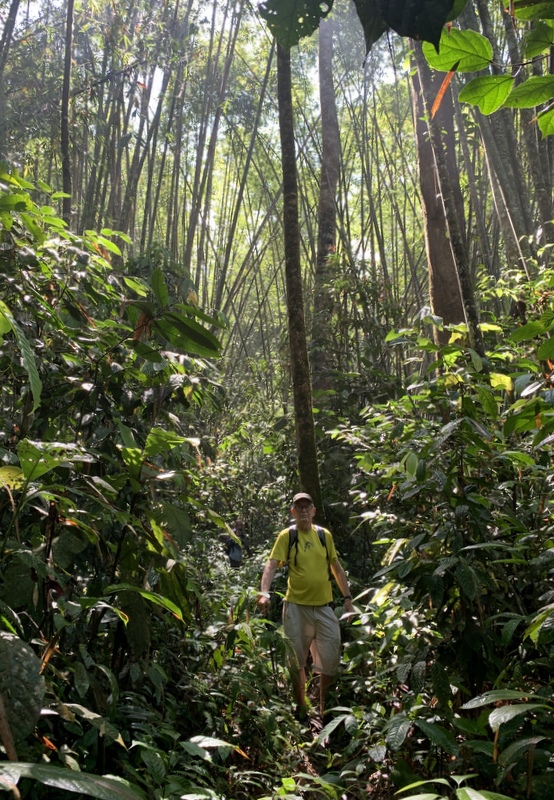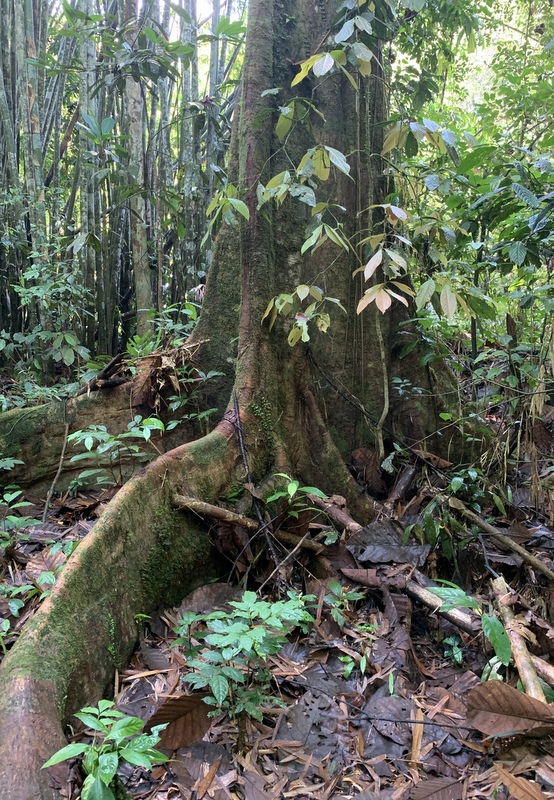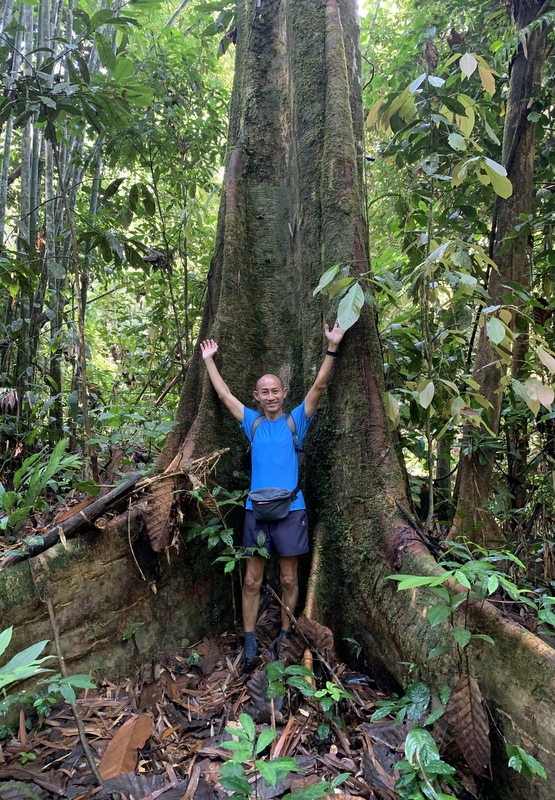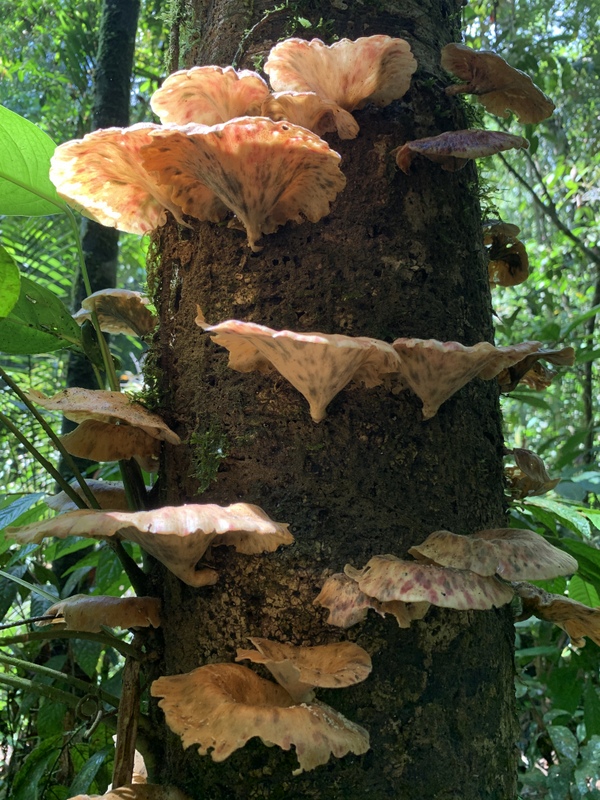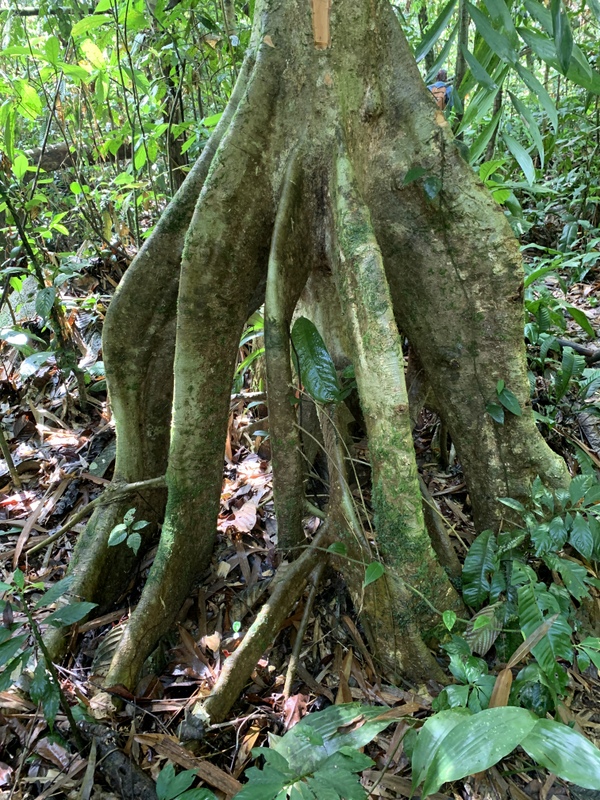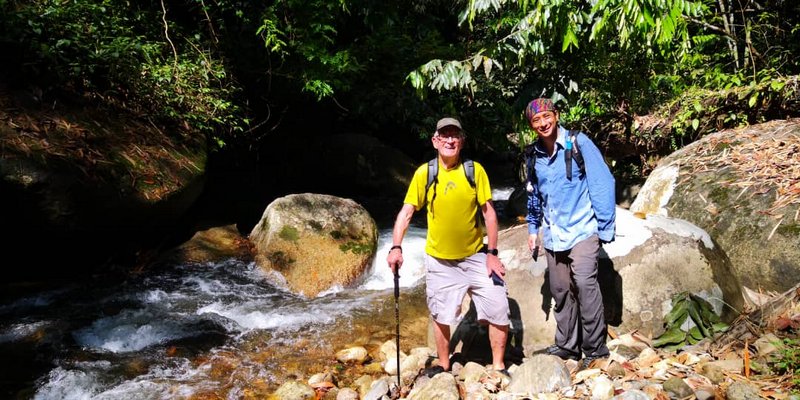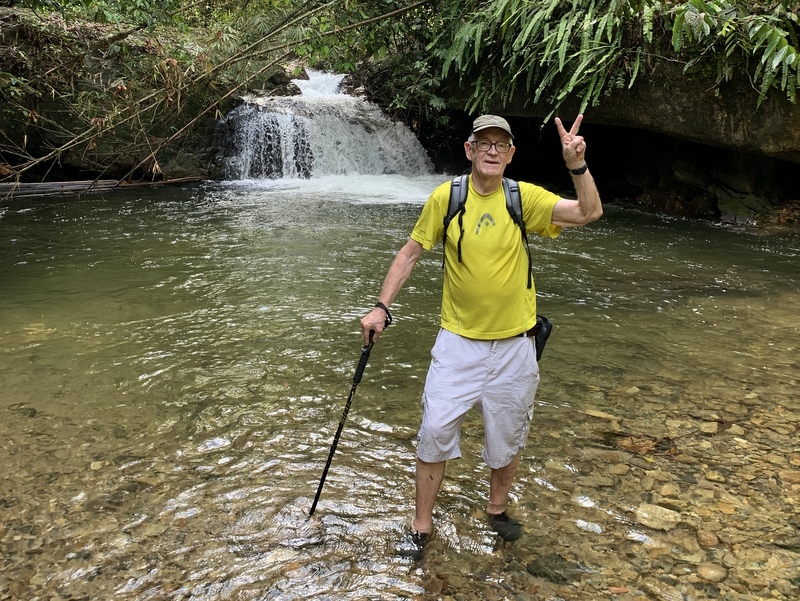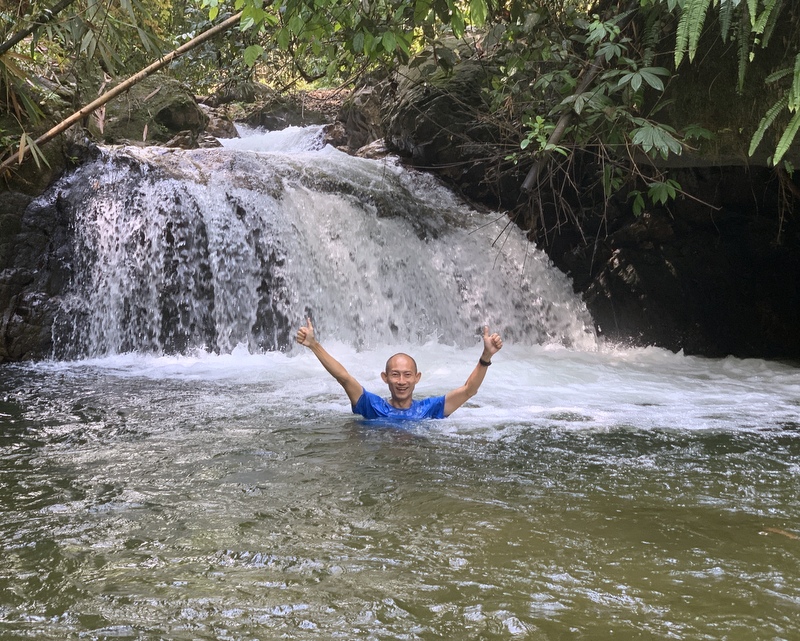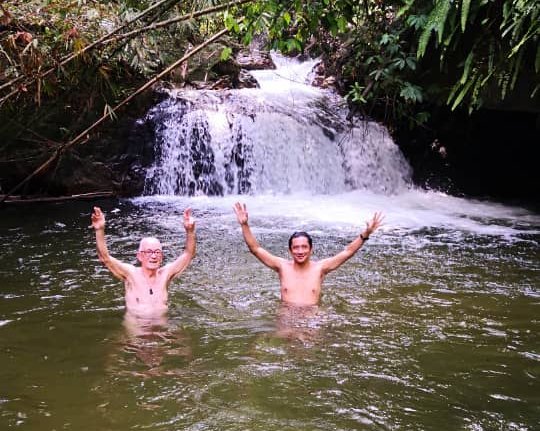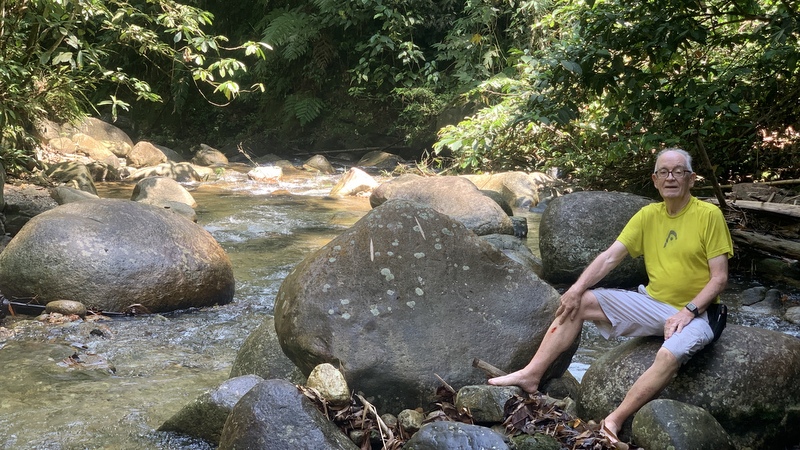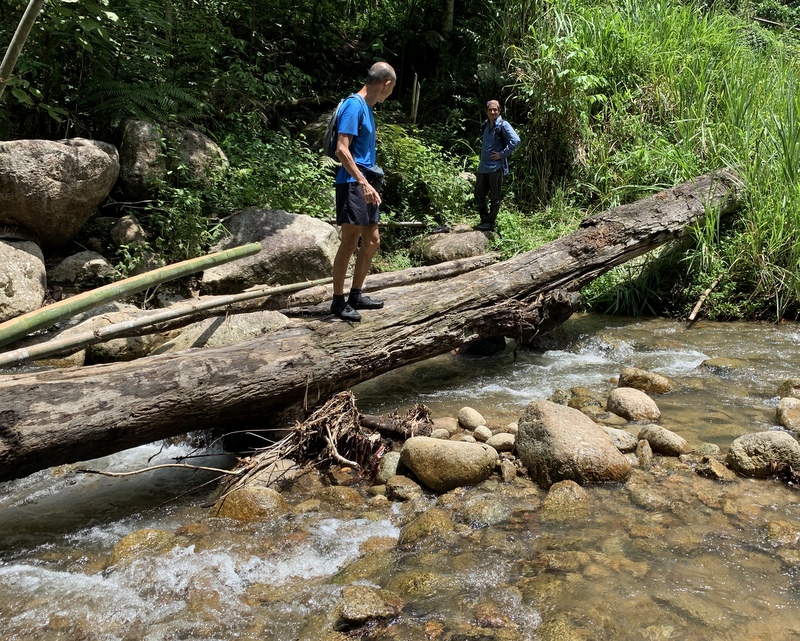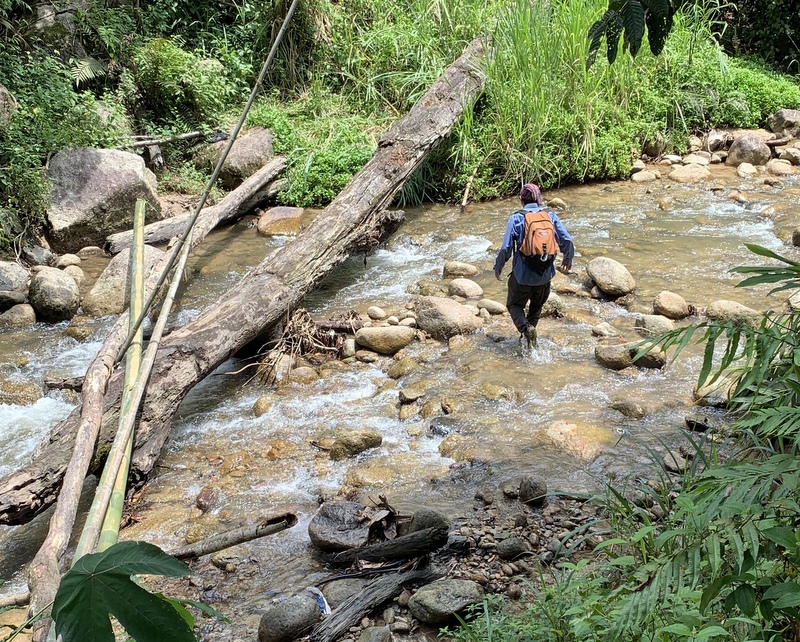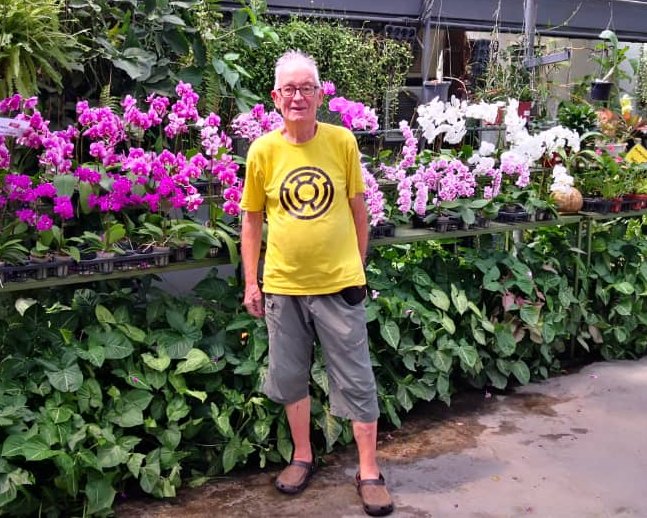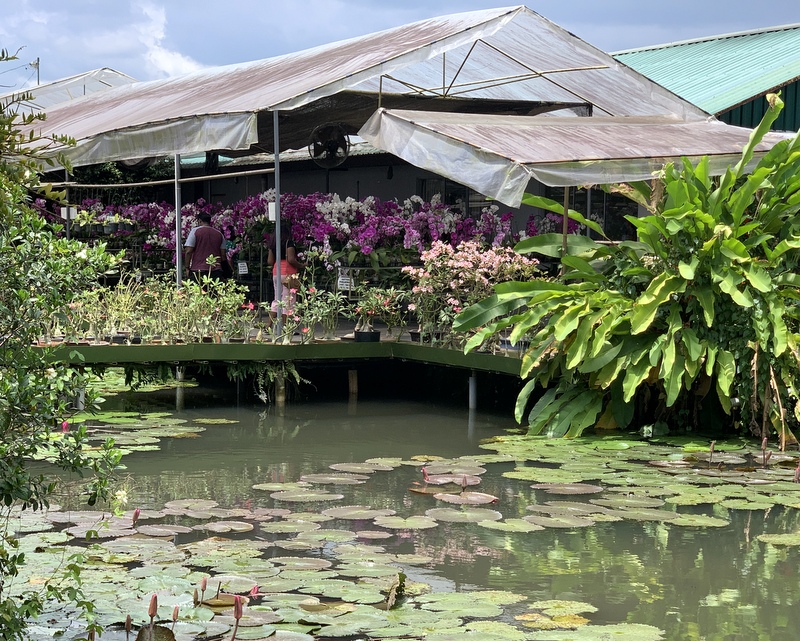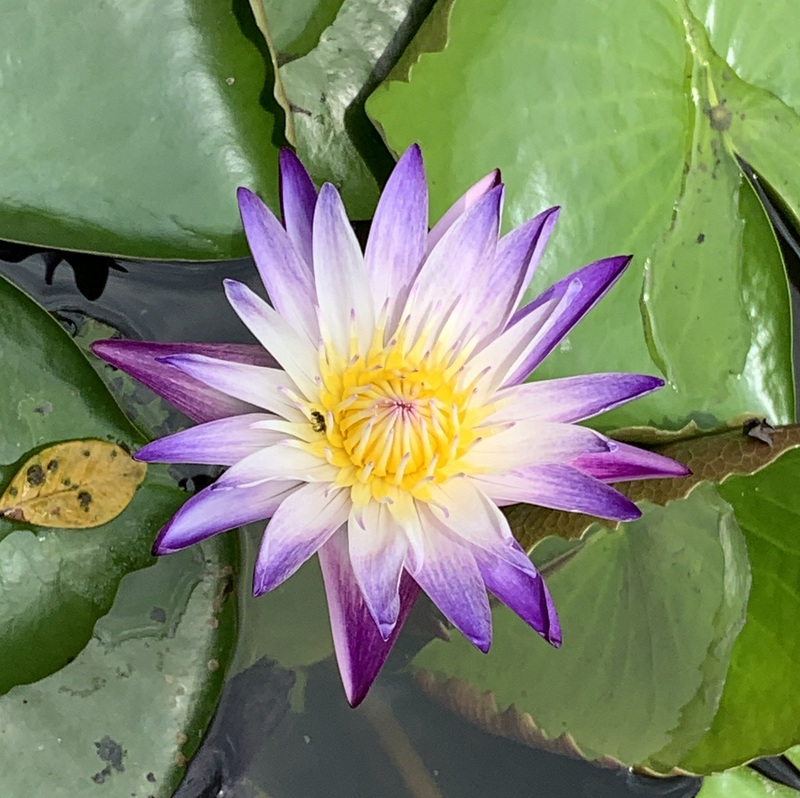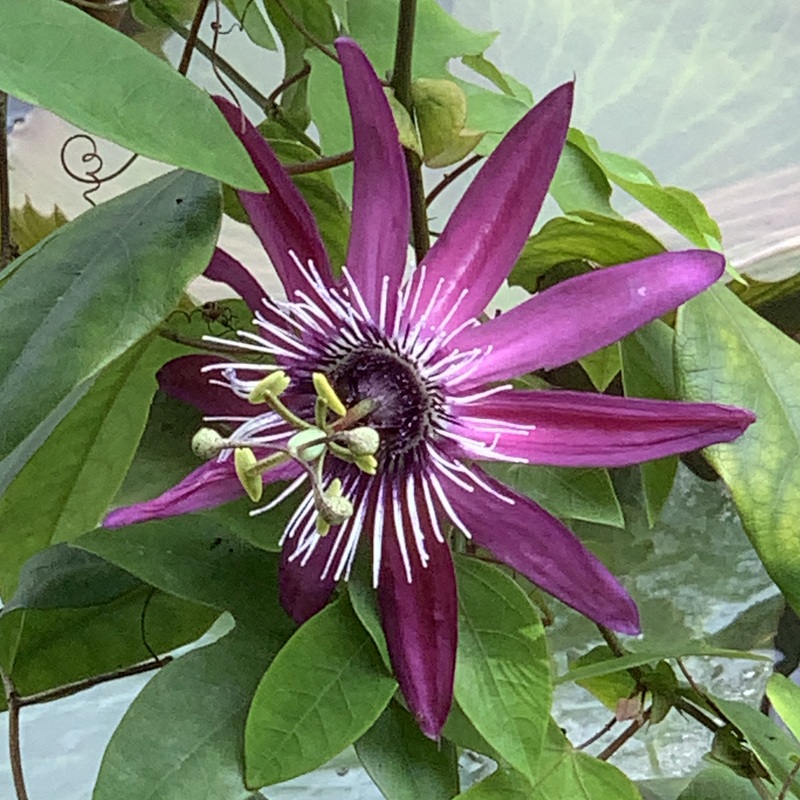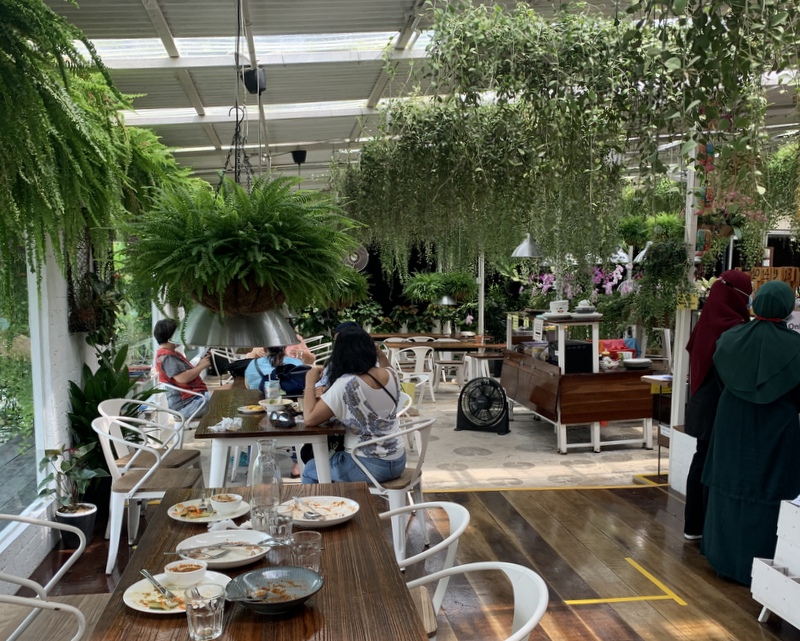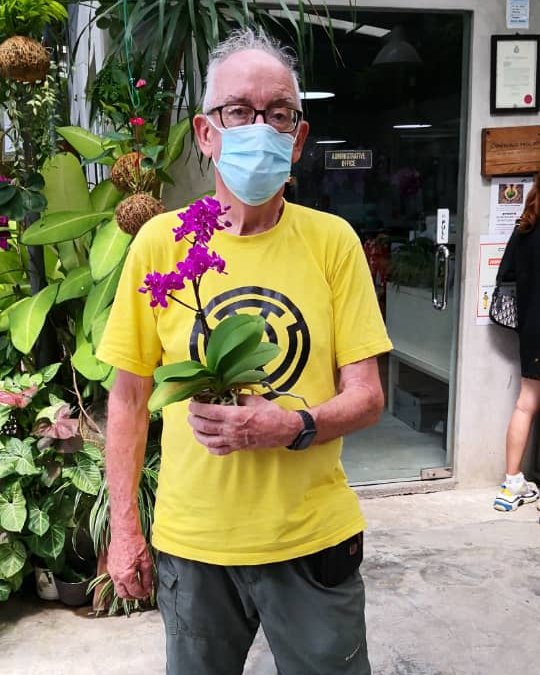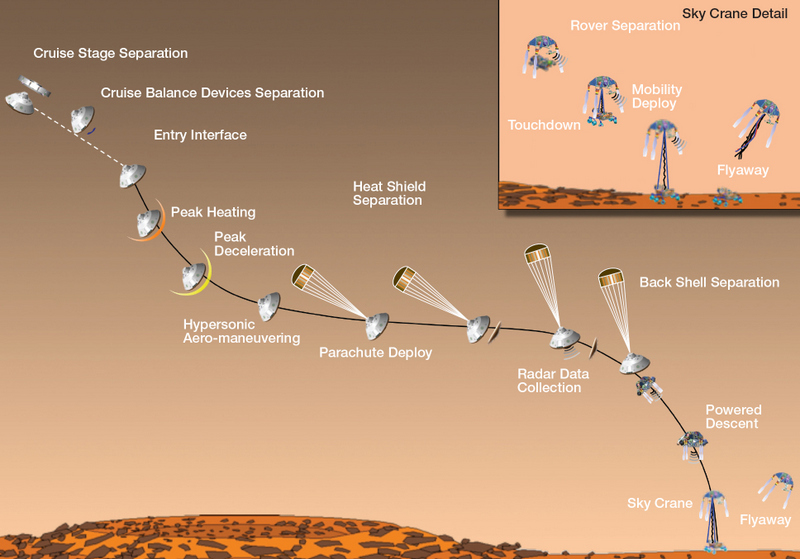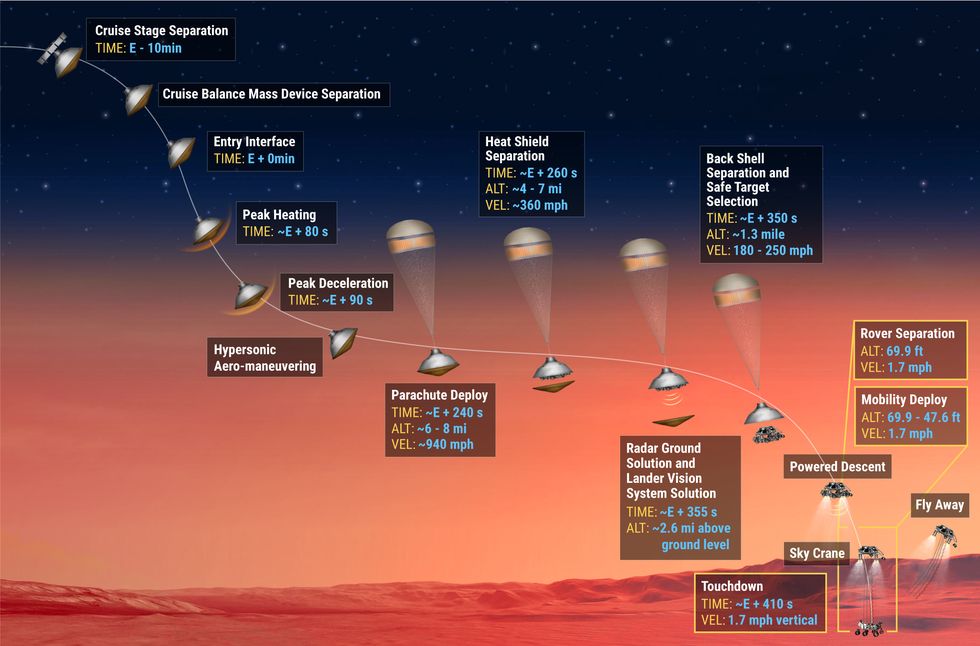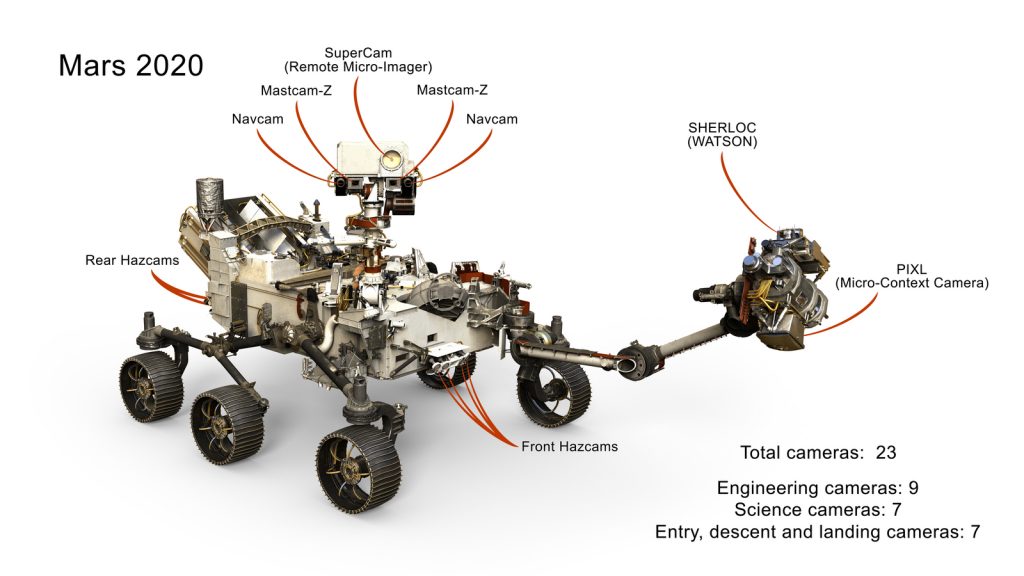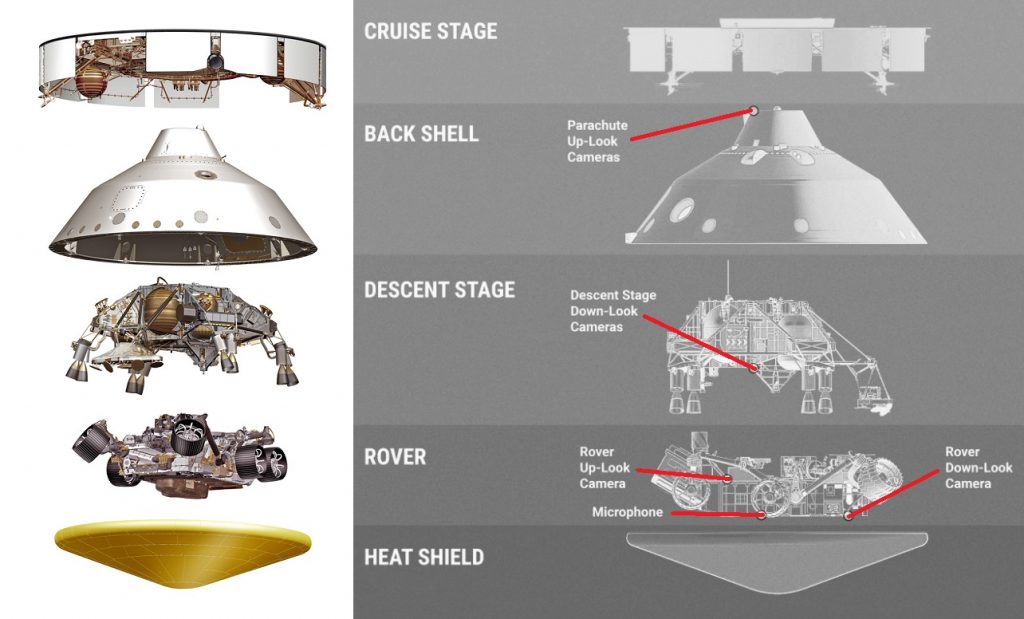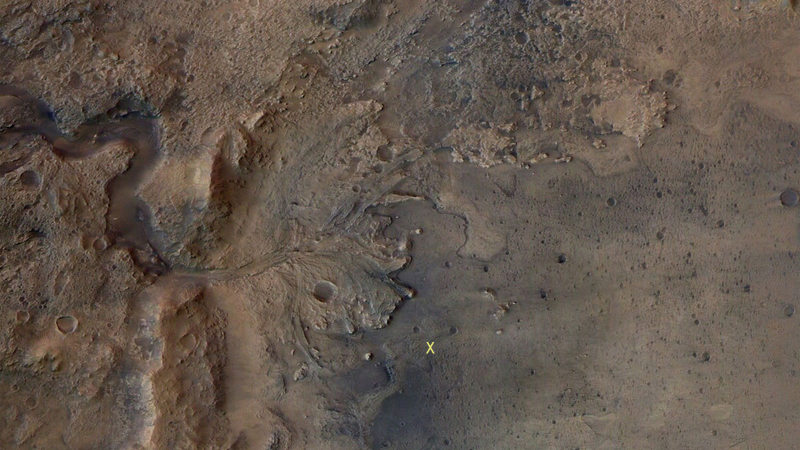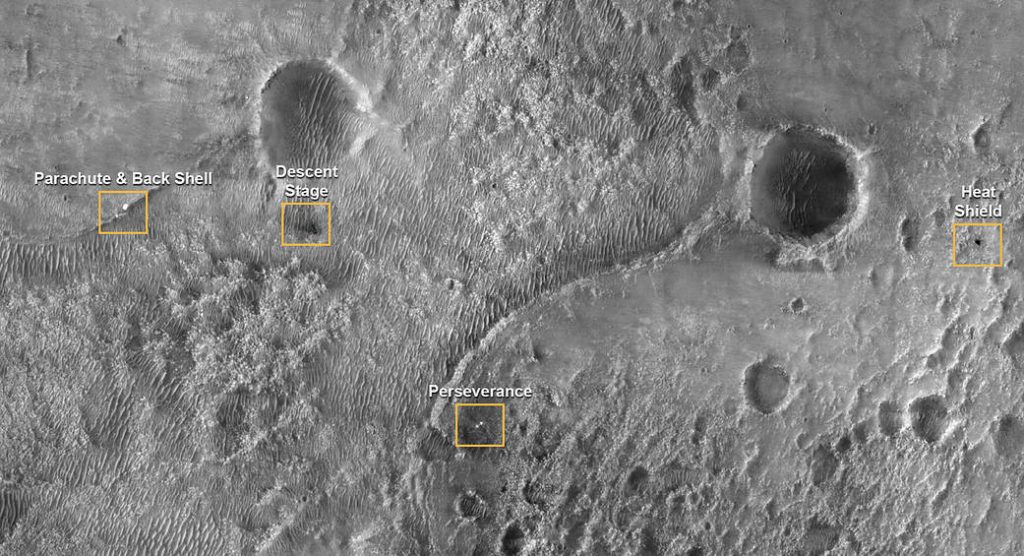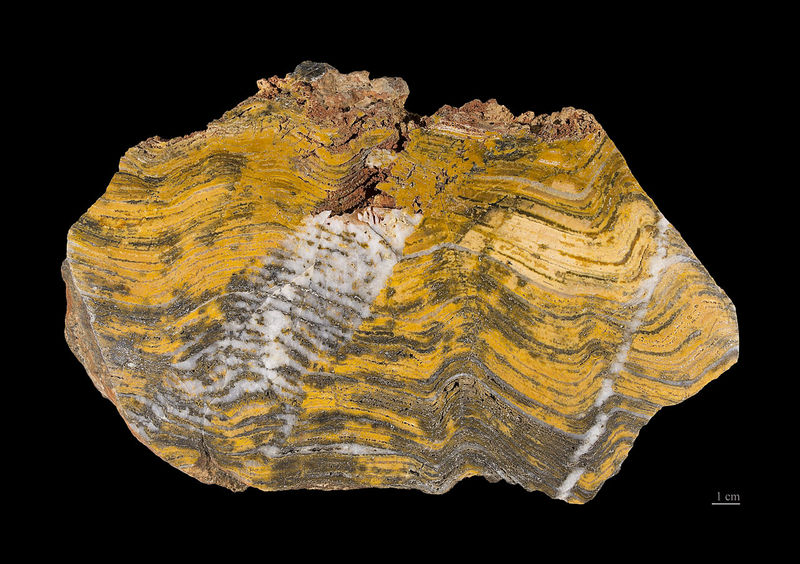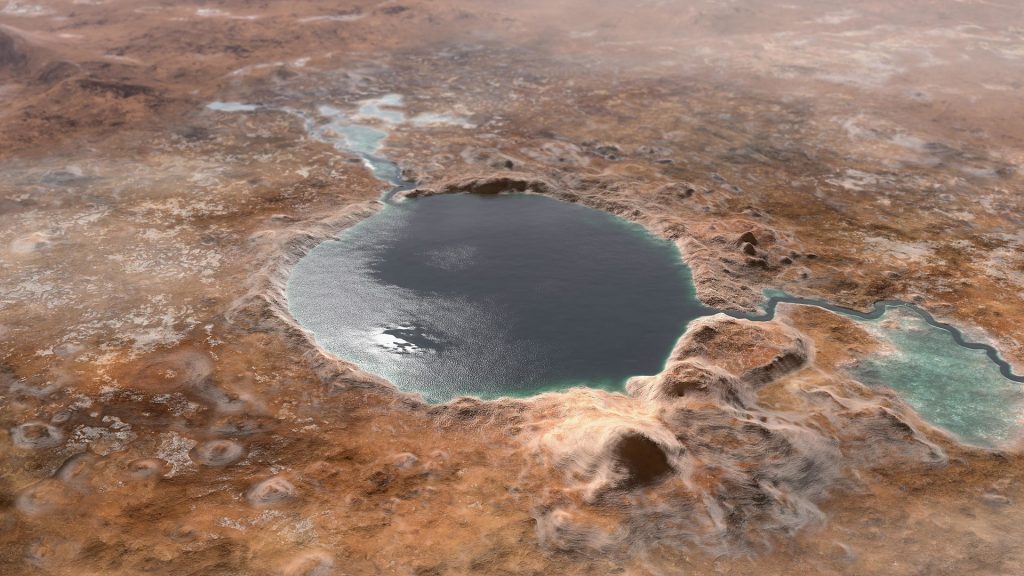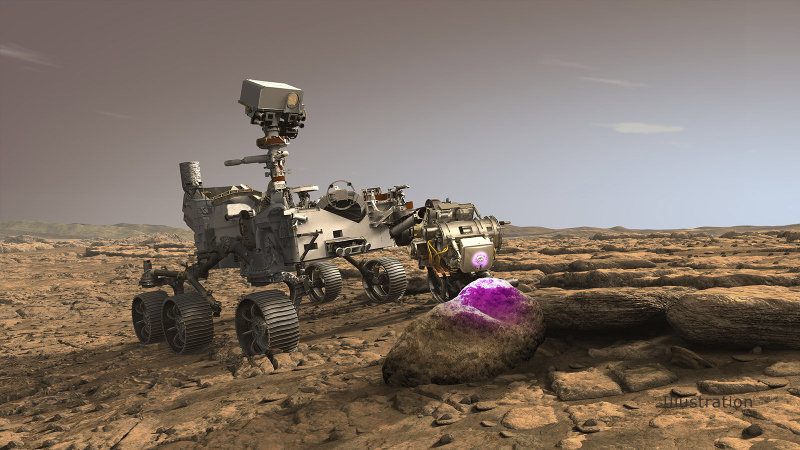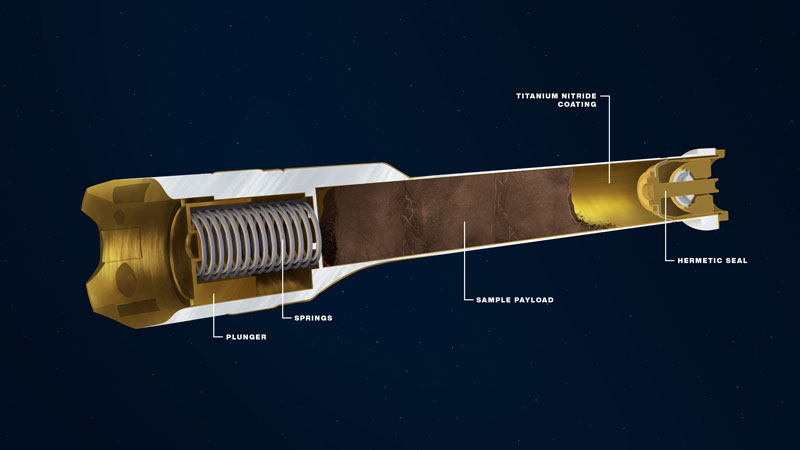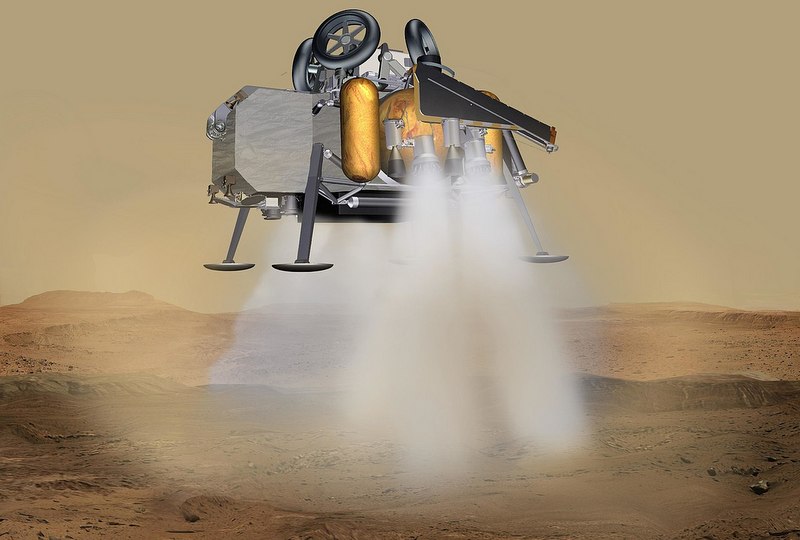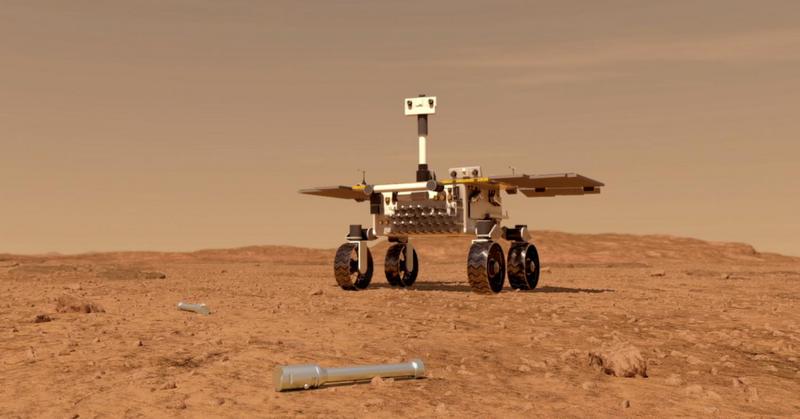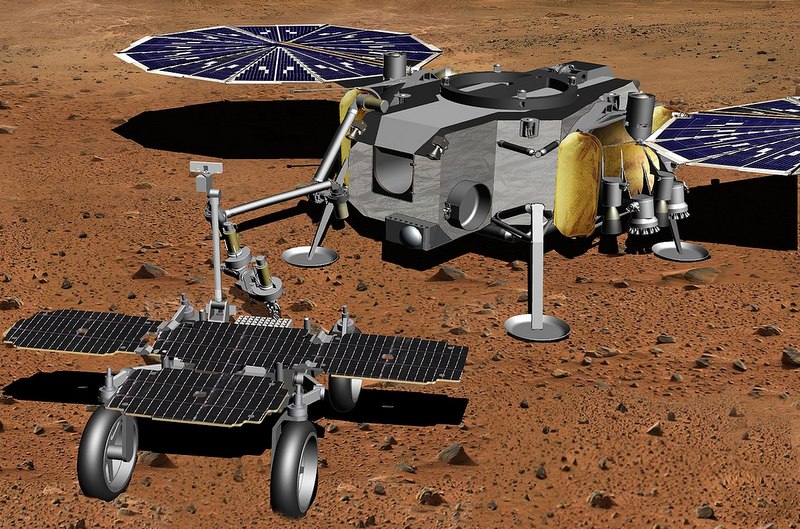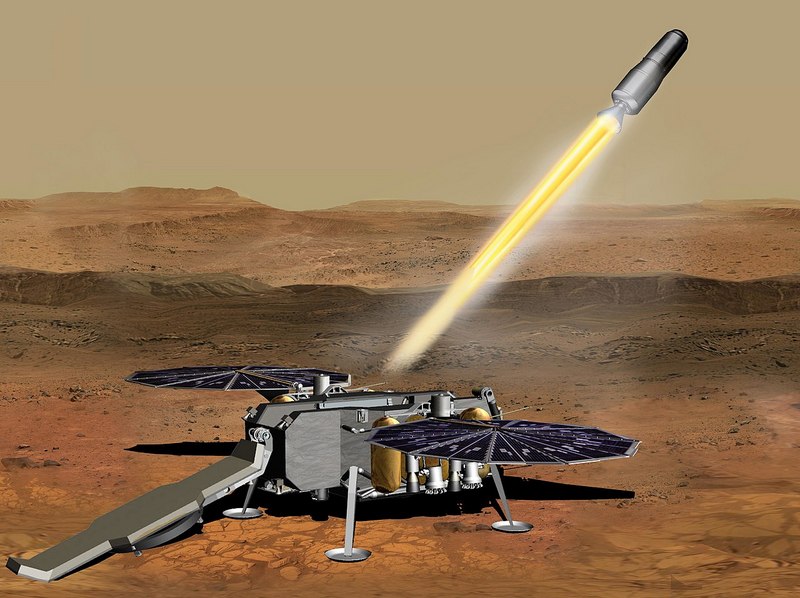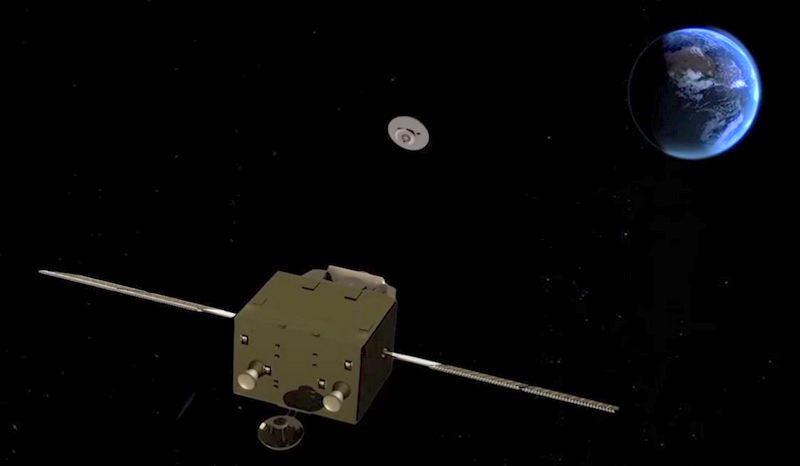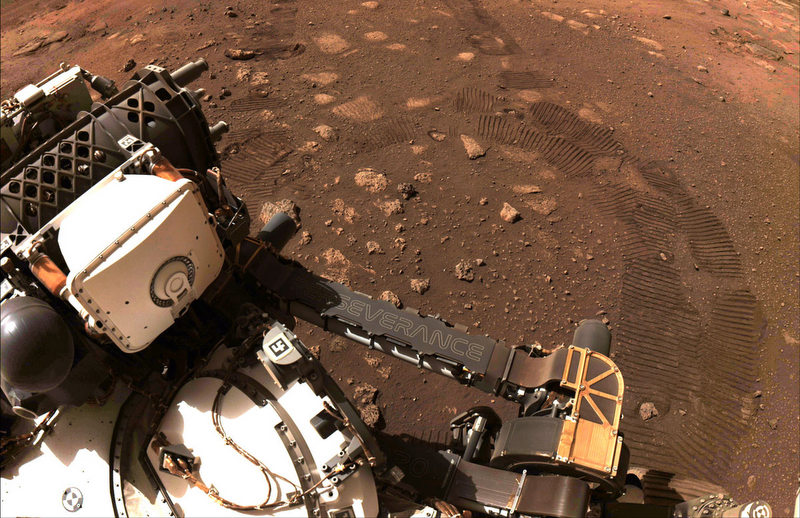In 2000 Aric and I were living in Goodyear Court 7 in USJ and it was around September/October of that year that we met Pat and Roger, an English couple, who had also rented a condo there. At the swimming pool! We quickly became friends and we still are.
Besides meeting each other for dinners, birthdays etc, we also have made numerous trips together. About many of these trips I have written reports. Here is a chronological list . For the trips with an album, I have selected only two pictures, mostly of dinners, because we all love food. For the trips without an album, I show a few more pictures.
2001
The first trip took place in June 2001, to Kuala Selangor. Here is a report in the diary that I kept in those days.
In those days I was still working part-time in Amsterdam and Pat & Roger were still living in Basildon, UK, so we could meet in Malaysia only irregularly. But we met a few times in Europe!
2003
They visited me in Amsterdam in June 2003, and a few weeks later I visited them in Basildon with my friend Inez. About this second visit I created an album , here are a few photos.
2004
The next year I celebrated my 60th birthday in Taiping with them and a few other friends. This is the album My 60th Birthday 17-4-2004 and here are a few photos
xxxxx
In September I visited them again in Basildon Trip to England.
2005
In November 2005 I took them to Ulu Langat, to visit the Gabai waterfall. Crossing the hills from Ampang you have a nice view of the KL skyline. There were some leeches, from the way Pat is walking you can see that she was a bit scared of them. The waterfall was a deserved reward.
2006
March 2006, the traditional Raptor Watch in Tanjung Tuan. A trip with my birding friends, Khong, Stephen and George, the Gang of Four.
xxxxx
A few days later another waterfall trip, this time to the Sendat waterfall near Ulu Yam.
xxxxx
Still in the same month, I joined Pat and Roger for a 5D4N a trip to Macau. During our stay we made a daytrip to Hong Kong. Here is the report Macau & Hong Kong
xxxxx
In June they visited me in Amsterdam. We made a daytrip to Delft and visited the famous flower auction in Aalsmeer. Roger tried to eat herring in the traditional way and we had dinner at home.
xxxxx
In December Aric and I invited them for a trip to Serendah where we stayed in a beautiful glass house with its own swimming pool. . The album Sepeking Serendah has more photos.
2007
Pat and Roger were planning to move to Australia and in preparation for their emigration stayed in a rented house near Melbourne, where I visited them in February. I took hundreds of photos but never created an album about this trip. I forgot the details, we visited Melbourne, Ballarat, the Dandenong hills and of course we went to see the kangaroos.
xxxxx
In November I joined them on a trip to Chiang Mai. We visited many temples, went to an elephant sanctuary and made a daytrip to beautiful waterfalls. Here is a detailed report: Chiang Mai
2008
In January we organised a farewell trip for Pat and Roger , as they were emigrating to Australia. Of course they will visit Malaysia regularly. We had lunch in Taiping with George, and stayed overnight in Sg Petani. On our way back we visited Kellie’s Castle Here is the report Trip with P & R
2009
When they came back to Malaysia in February 2009 to visit friends, we took them to Fraser’s Hill where we stayed overnight in the posh Olde Smokehouse. More photos in this album: Trip with P & R
xxxx
Later that year they invited us to Melbourne, where they had now moved to their own house. We had a wonderful time, visited the Twelve Apostles, saw kangaroos koalas, friendly birds, etc. Detailed report here: Melbourne
2012
In 2012 Pat and Roger visited Malaysia again with two Australian friends. We organised an outing for them, visited a waterfall and a Buddhist sanctuary and of course had breakfast and lunch. Here is the report: A nice outing
xxxxx
A few weeks later we made a daytrip to Pulau Ketam, Crab Island, which they had never visited before. We took the ferry to the village, walked around and had lunch. Here is the report: Pulau Ketam
xxxxx
A daughter of Pat and Roger is living in Ireland with her family, and it so happened that I was in Holland while they were in Ireland, a nice opportunity to visit them. The weather was pretty awful, but the hospitality was heartwarming. Here is the report: Ireland, December 2012
2013
Our next meeting was again in Malaysia. In June we made a daytrip to the Jenjarom temple, and Jugra hill. This is the report: Trip with Pat and Roger 25-6-2013
2015
In February we visited Pat and Roger in Melbourne, a 12 day trip in which I took more than 800 photos Melbourne. In my Journal 21-3-2015 I wrote ” I am still struggling to write a trip report” I never wrote it. Here are at least a few pictures.
xxxxx
In August they came back to Malaysia. We made a short trip to the Chamang waterfall.
xxxxx
Two weeks later we finally went on trip that we had discussed for several years, a trip to China which they had never visited. Aric had made an itinerary with many highlights, Xi’an (terracotta army), Suzhou (Venice of the East), Zhouzhuang (water village) and Shanghai. These four reports contain all the details and numerous photos. It was a memorable trip!
2017
In August a daytrip to Jenjarom, Morib and Tanjung Sepat. Aric used his drone to take a picture of us.
2019
In 2019 they visited Malaysia again. We made a 2D1N trip to Ipoh, where we stayed in the beautiful Ipoh Bali hotel. During a temple visit a fierce monkey grabbed Roger’s glasses! Have a look at the report Pat and Roger’s visit to find out how this problem was solved!
In 2020 the pandemic started and we got locked up in our respective countries. We are looking forward to meet them again.

